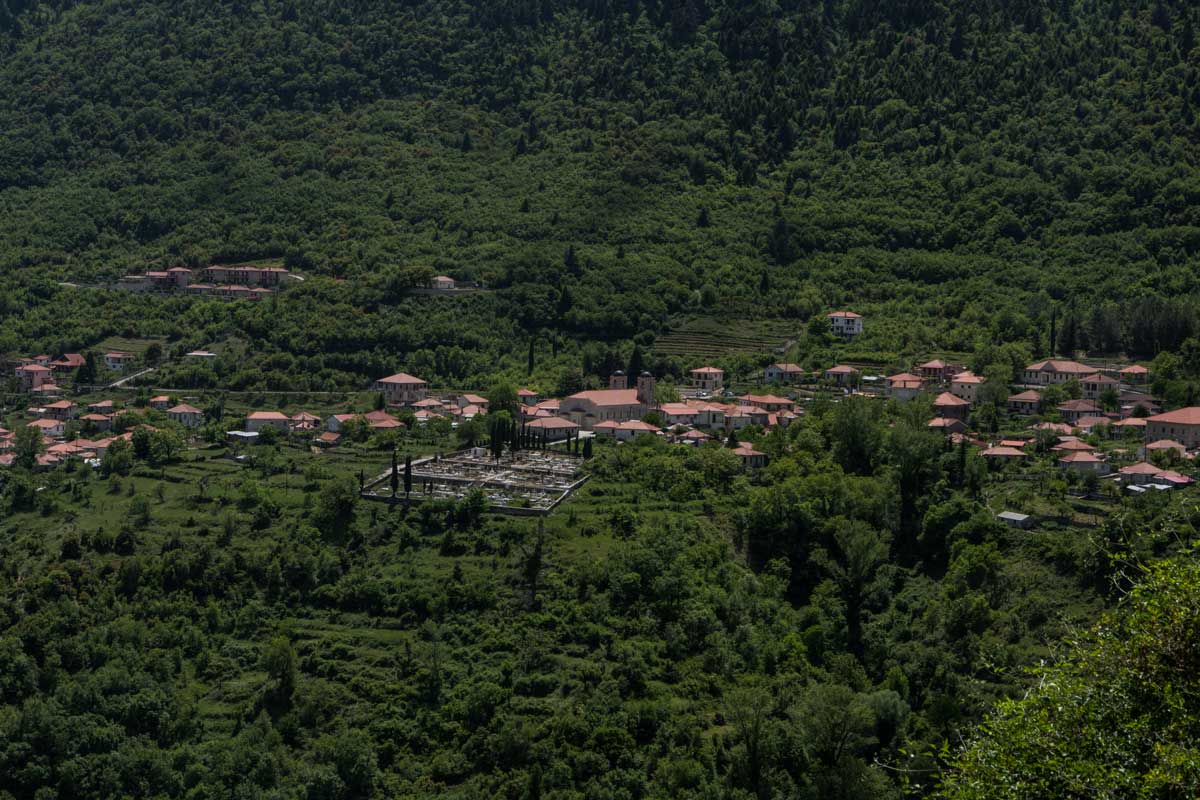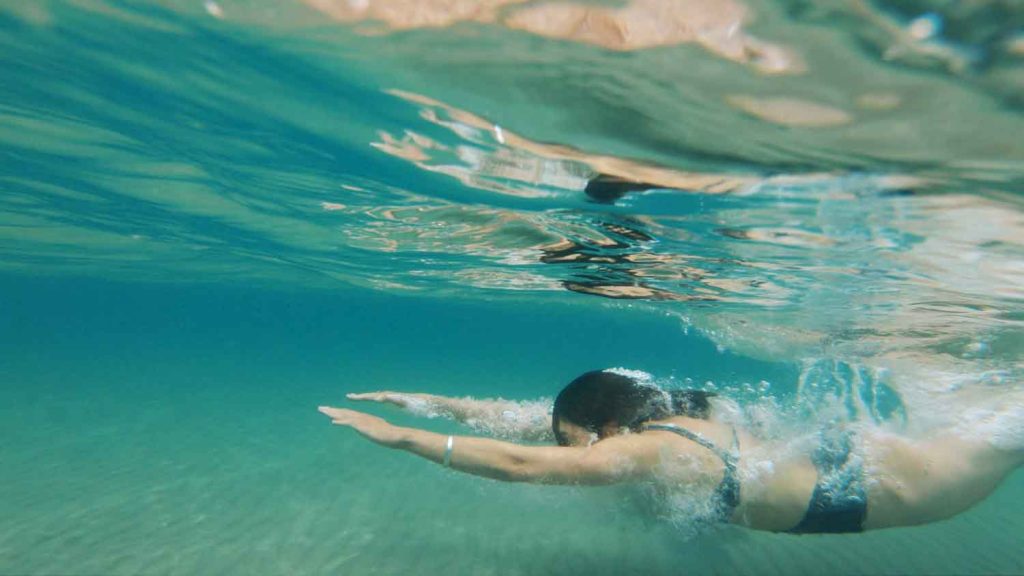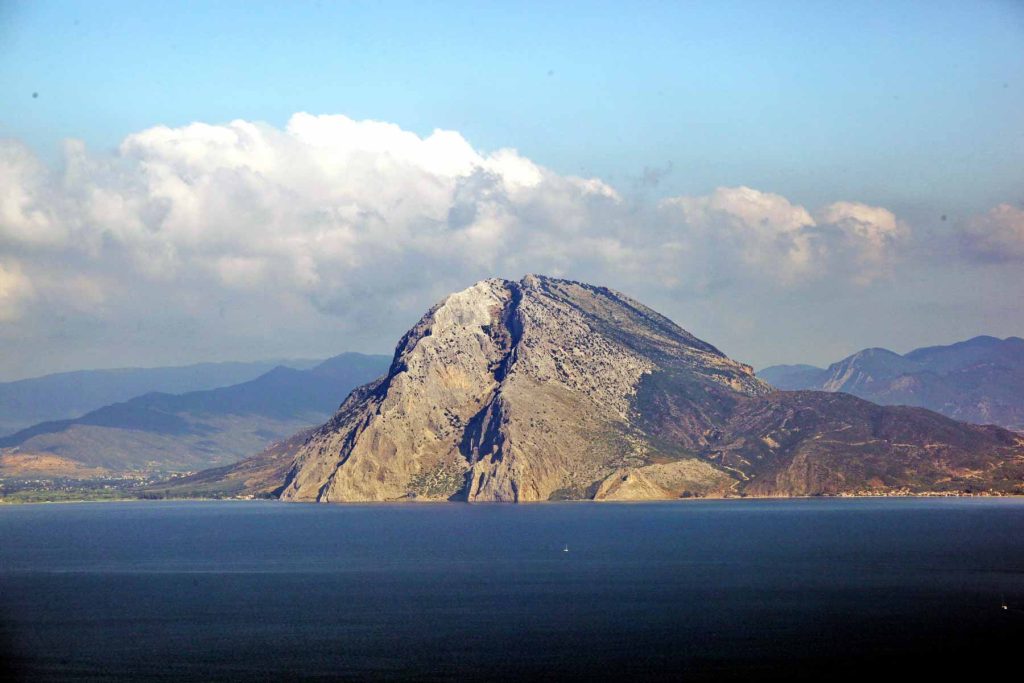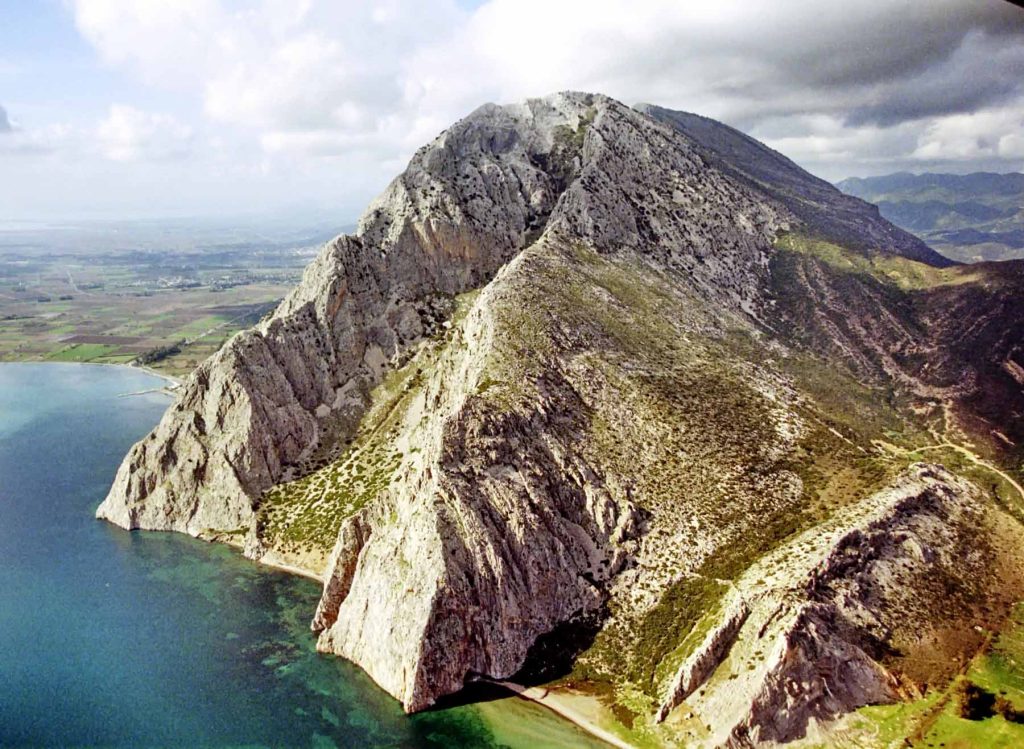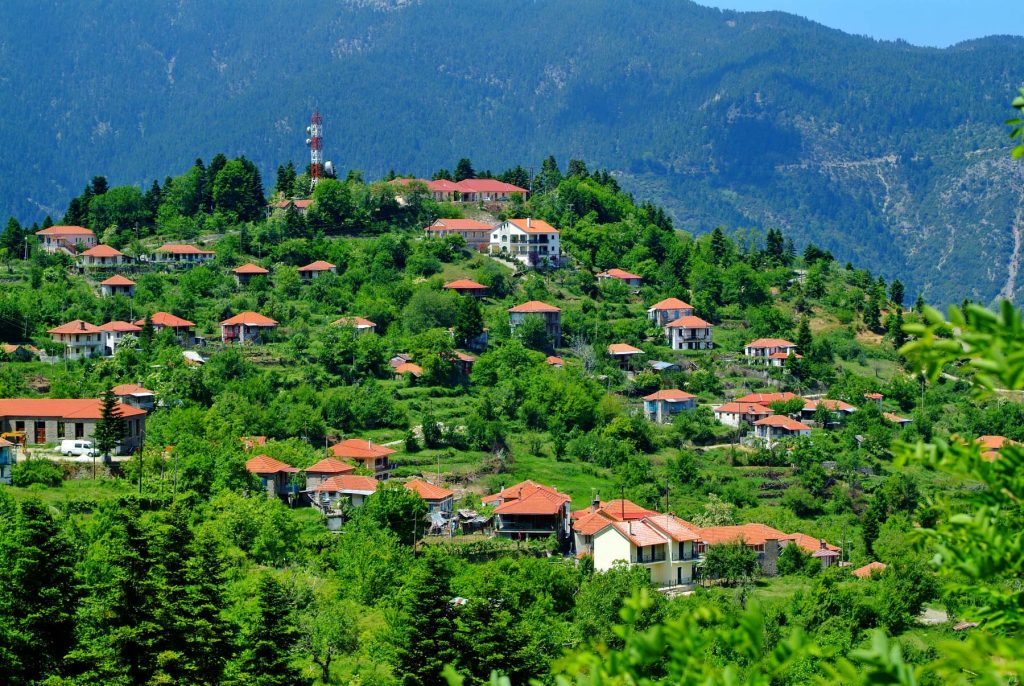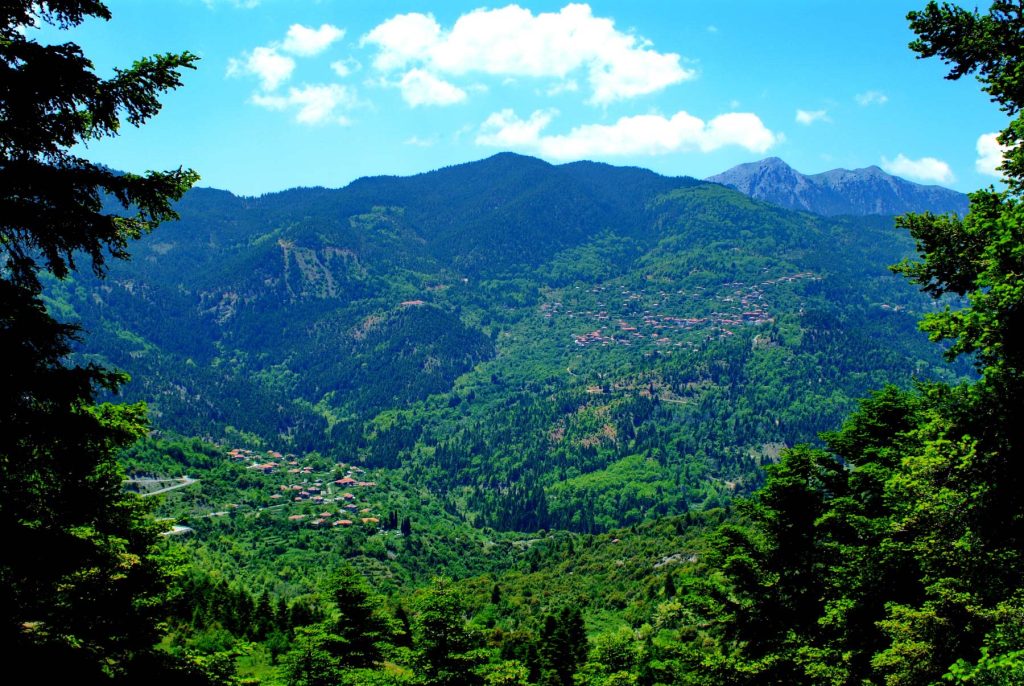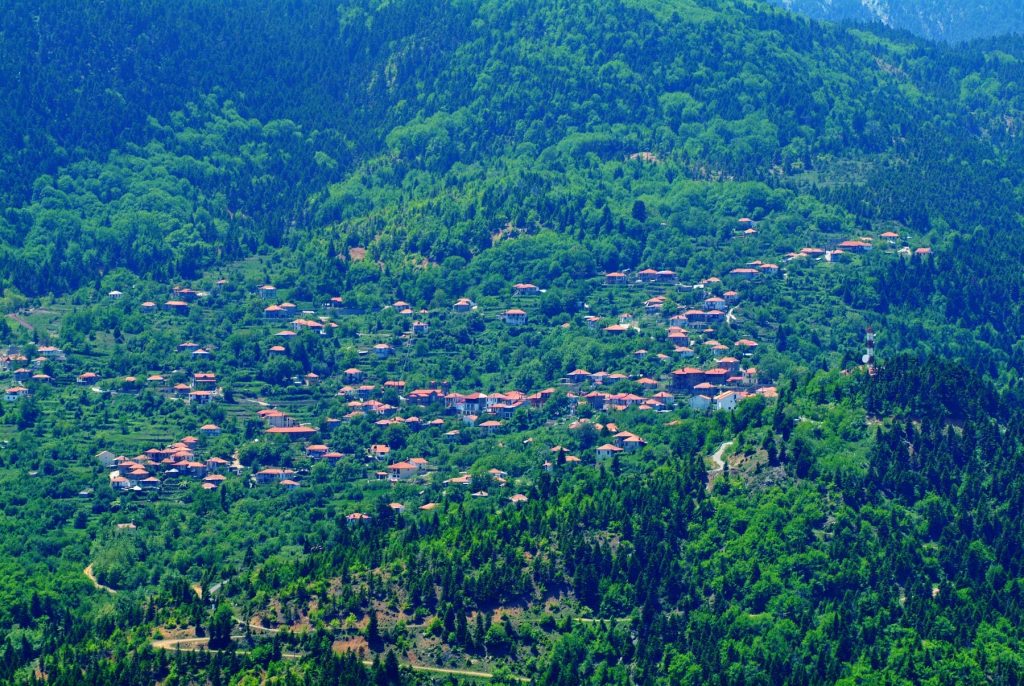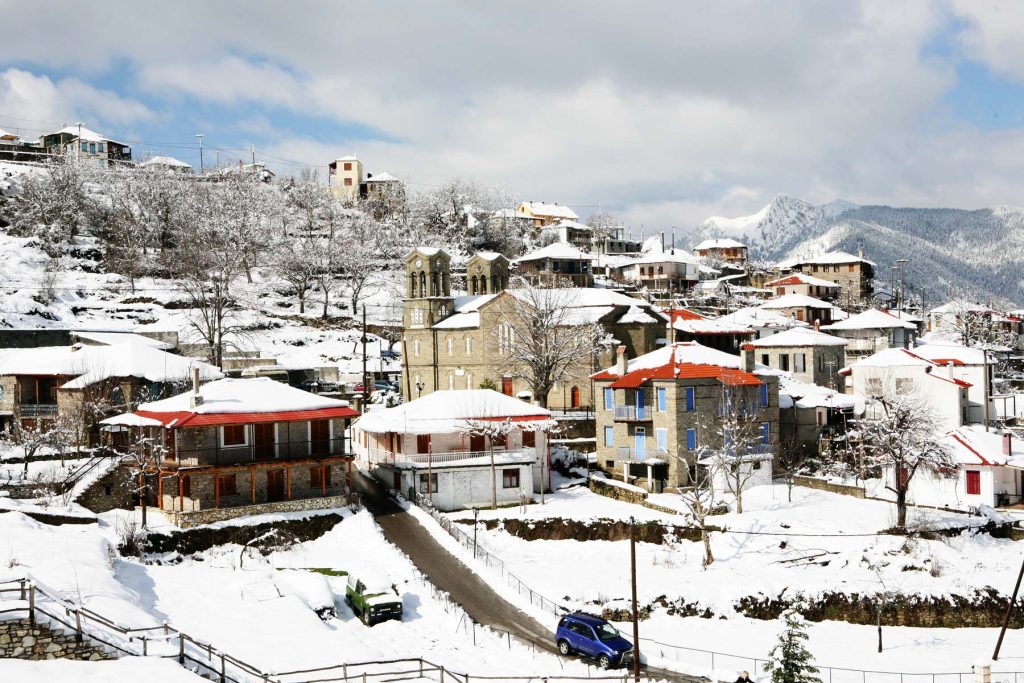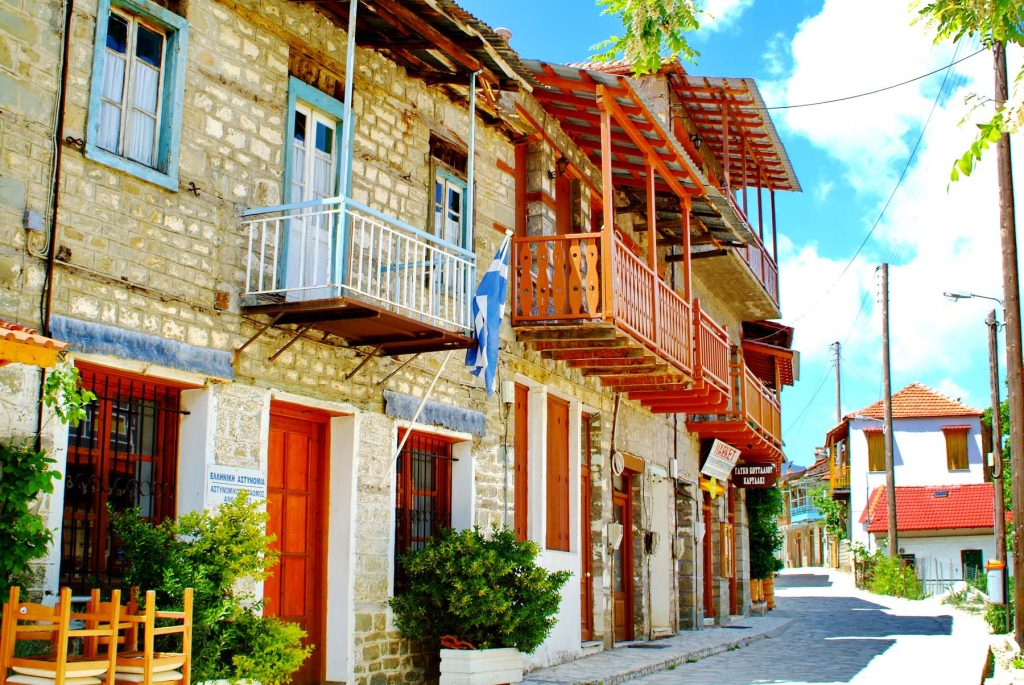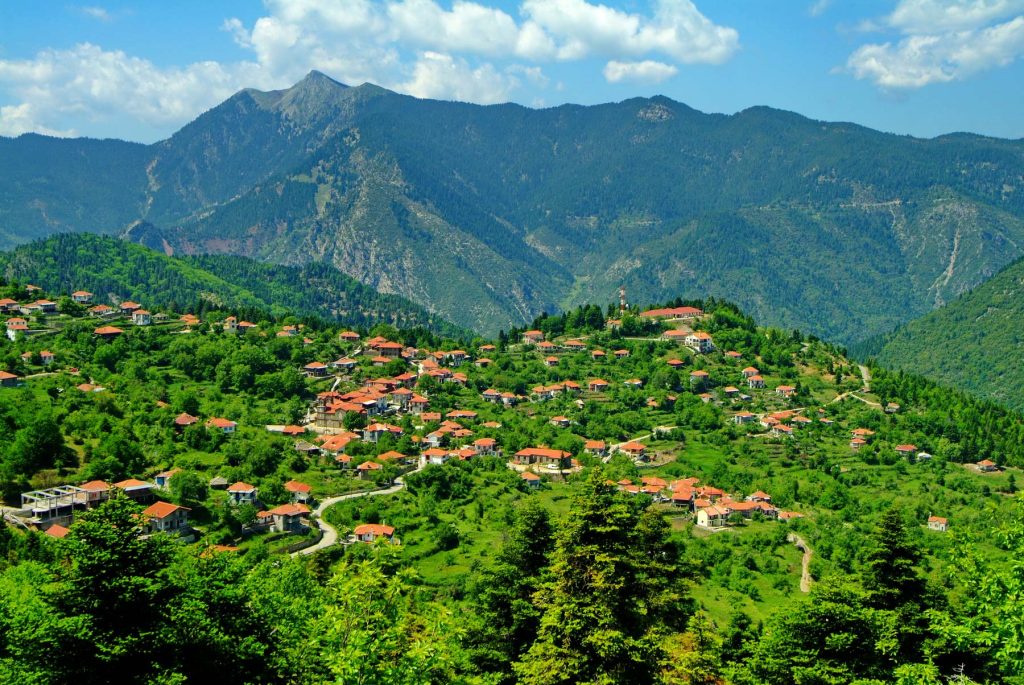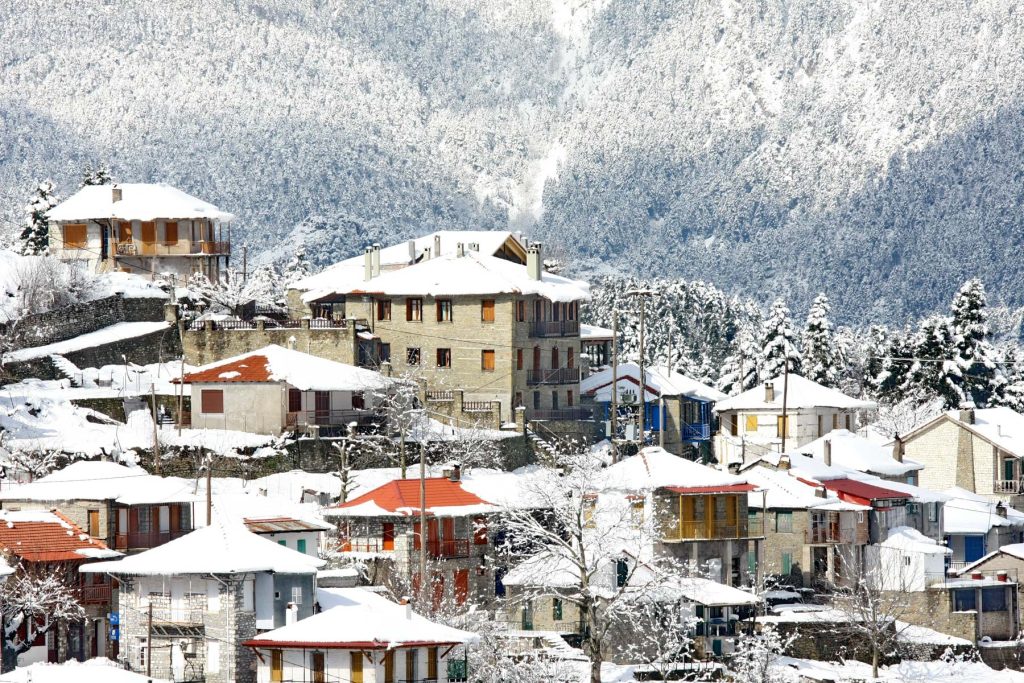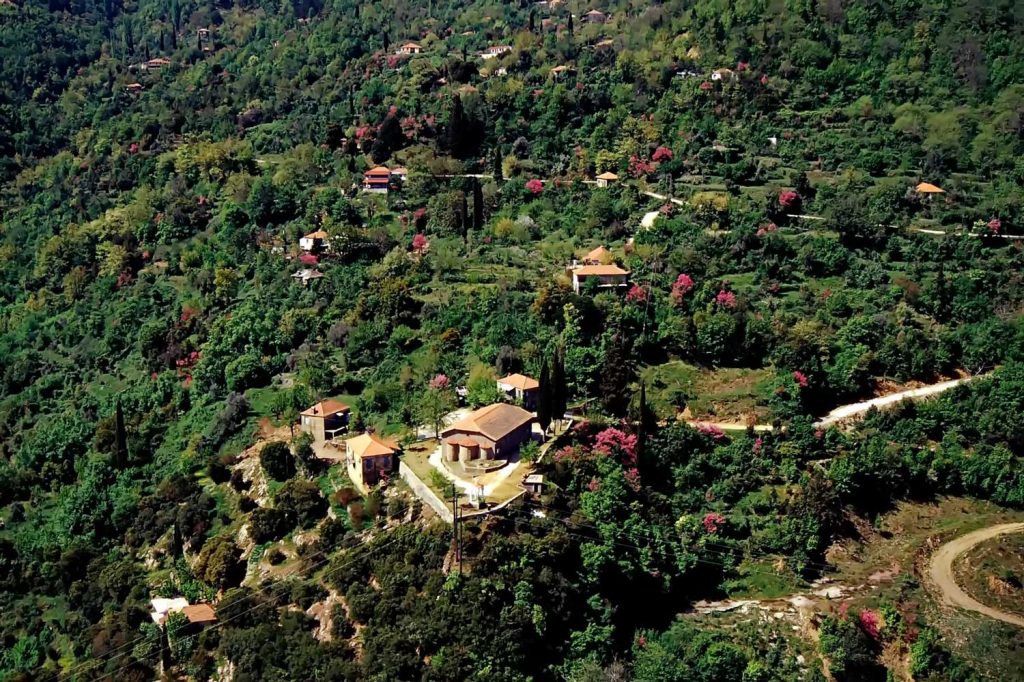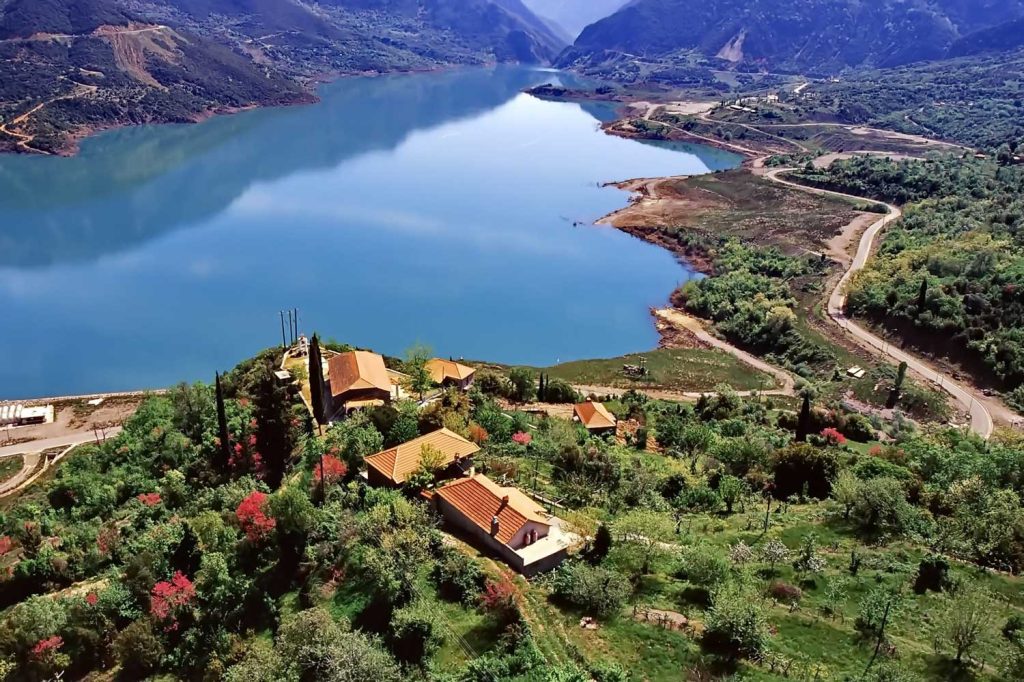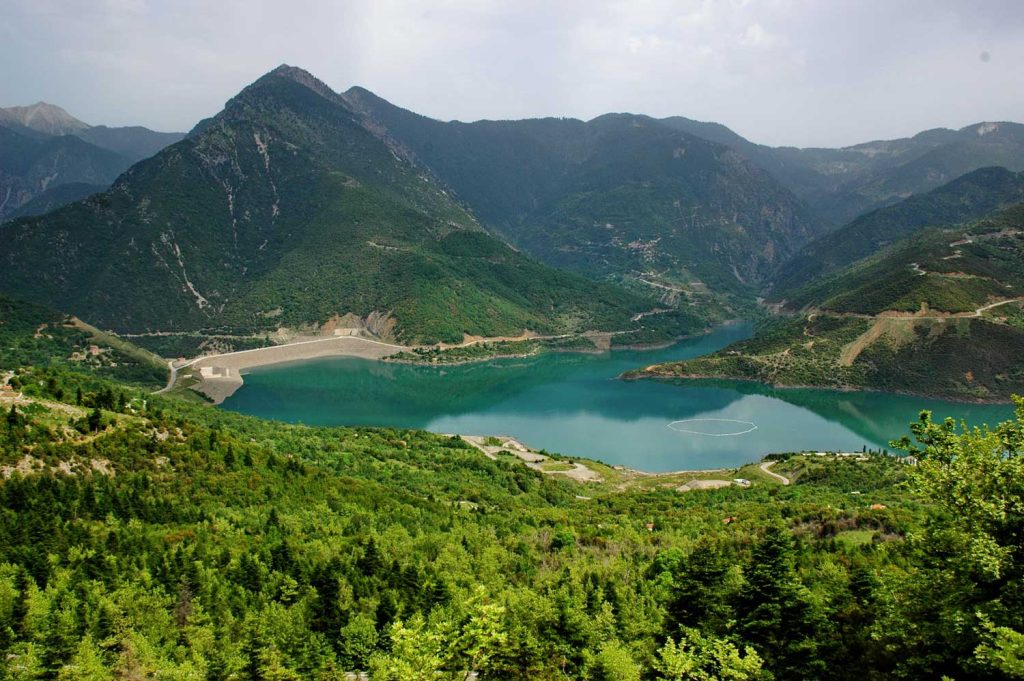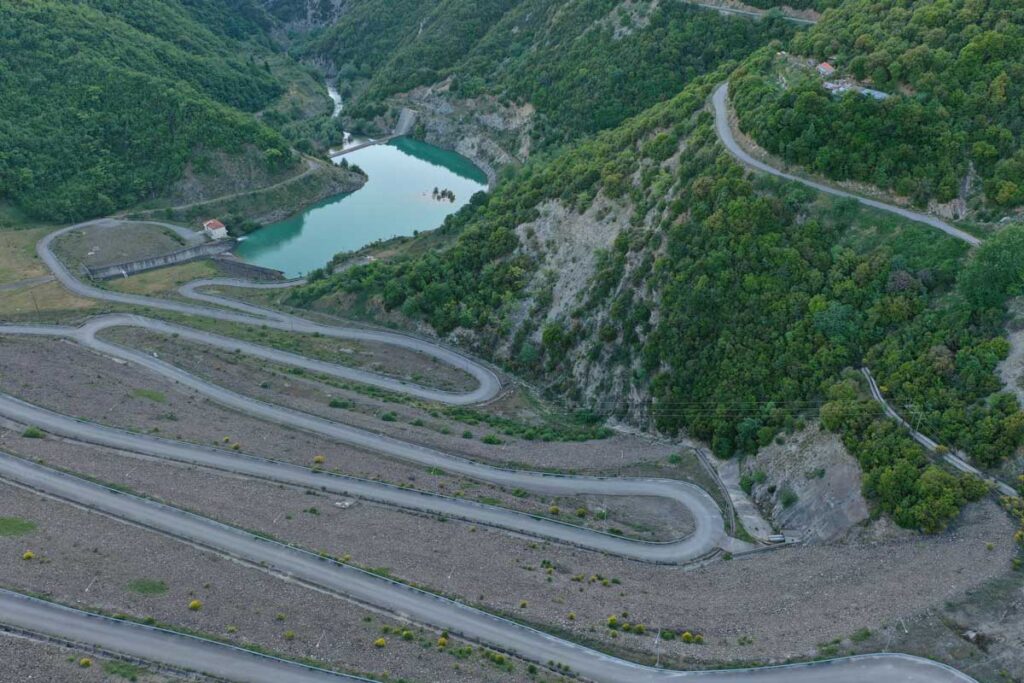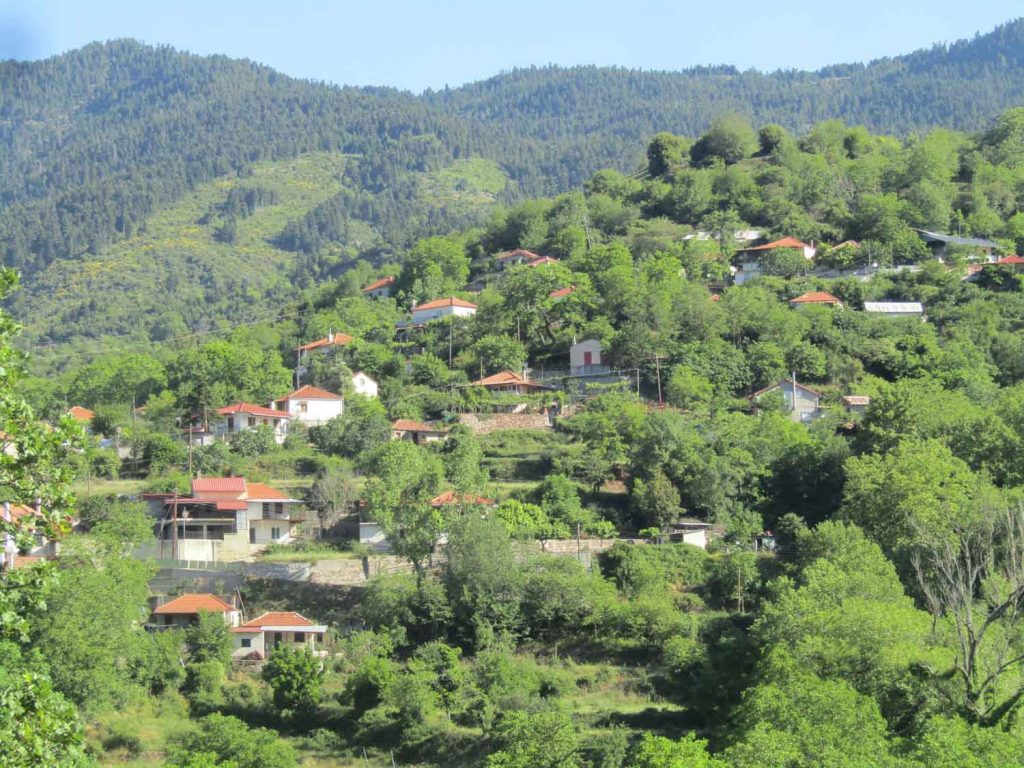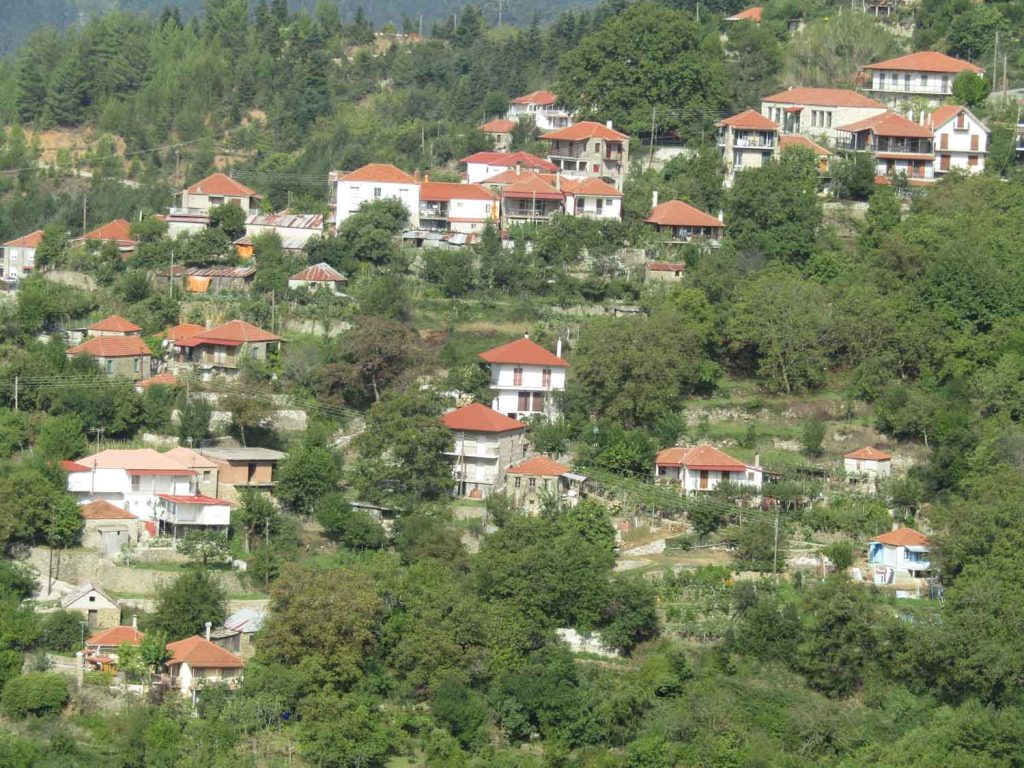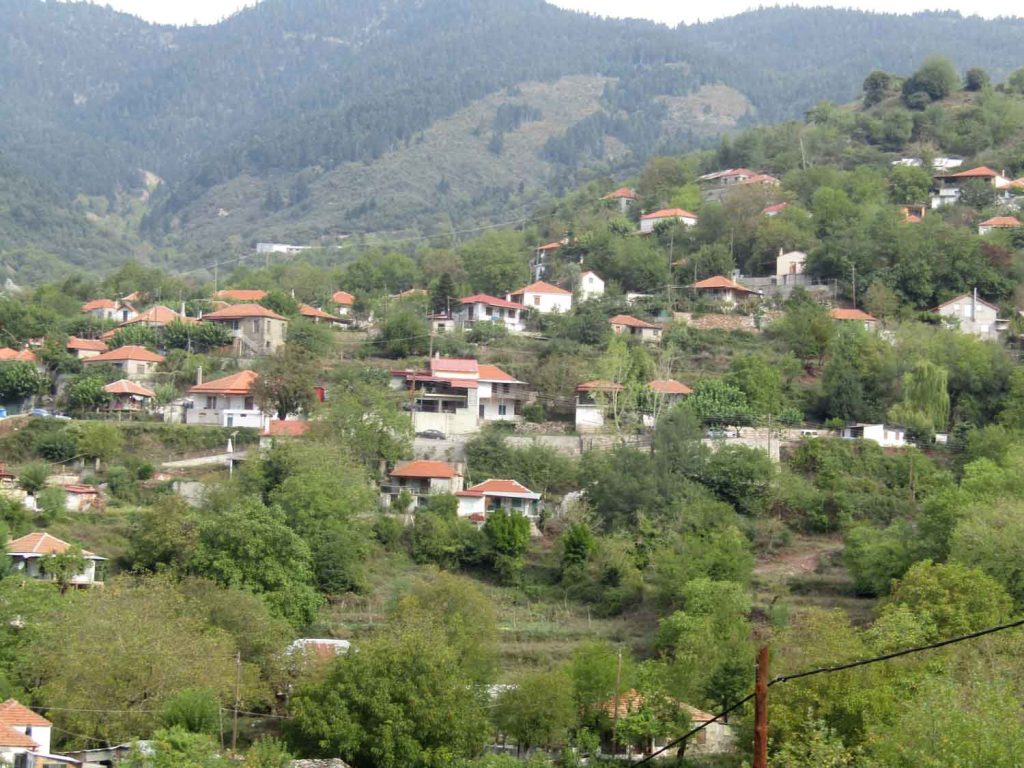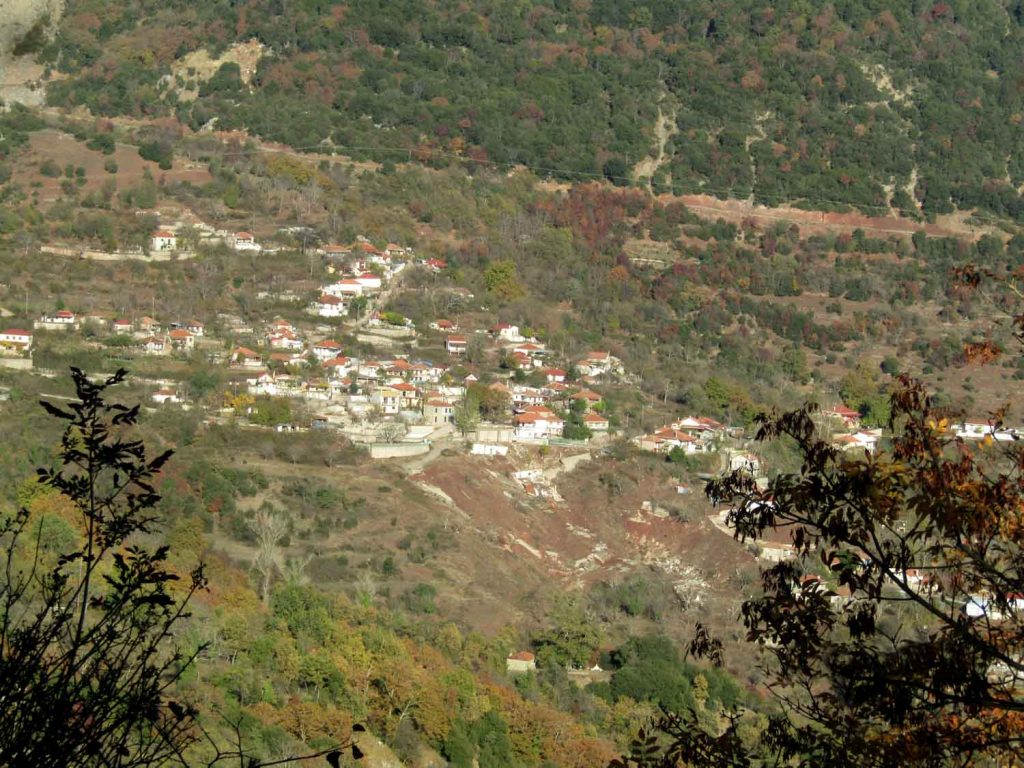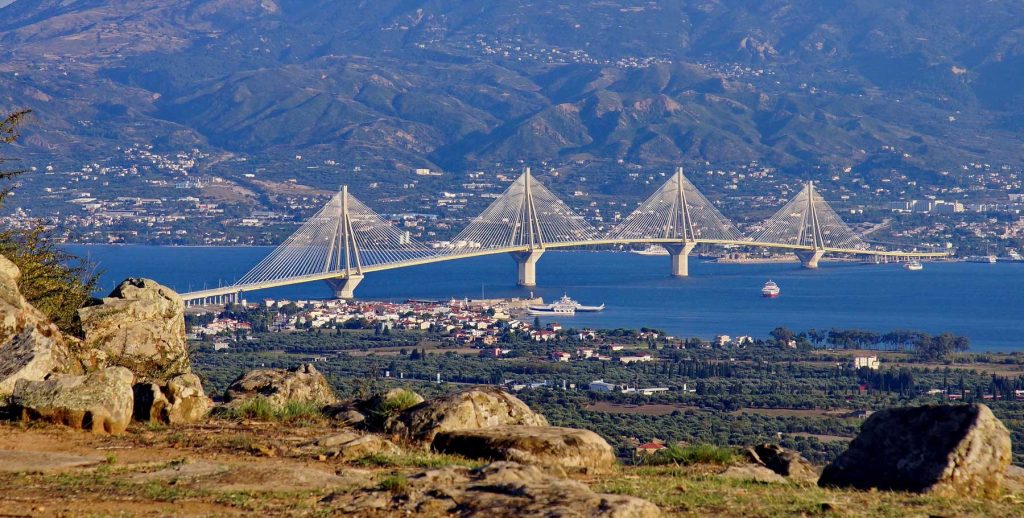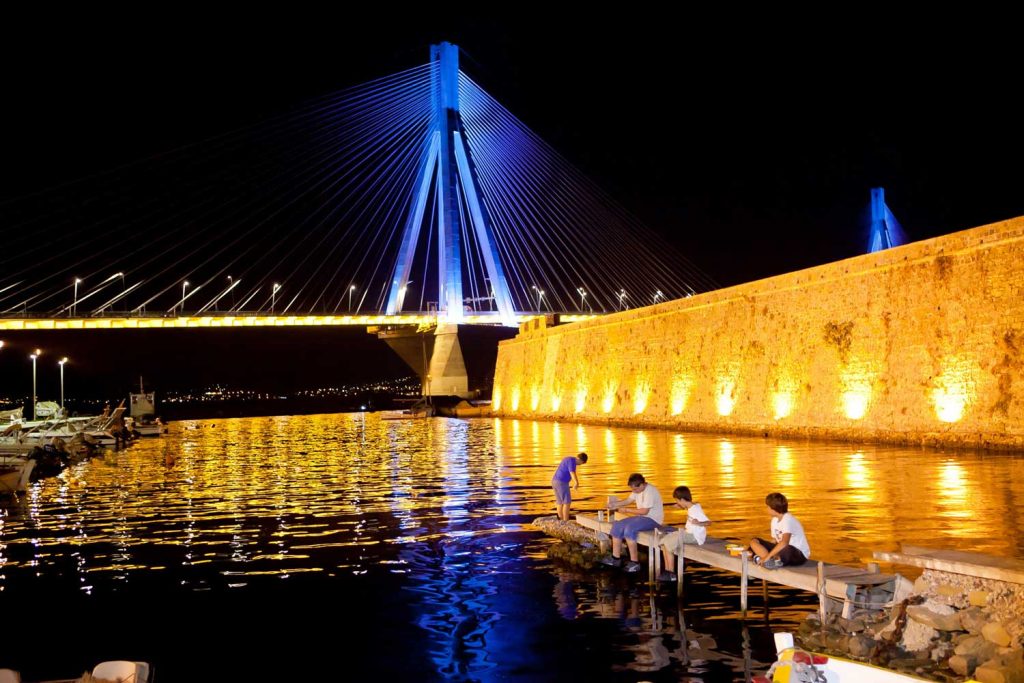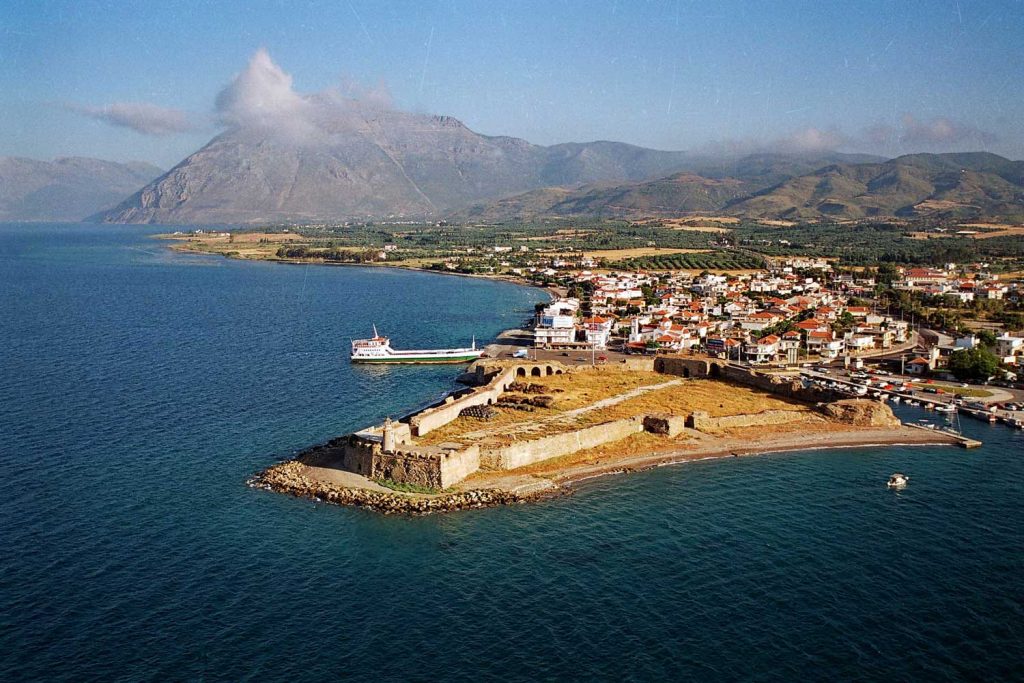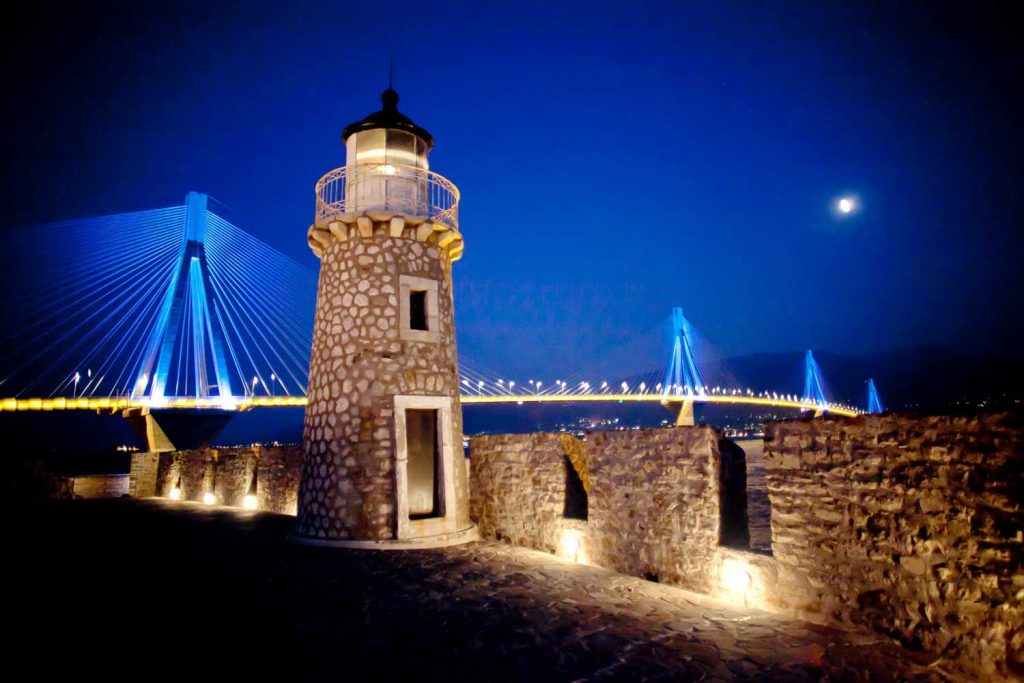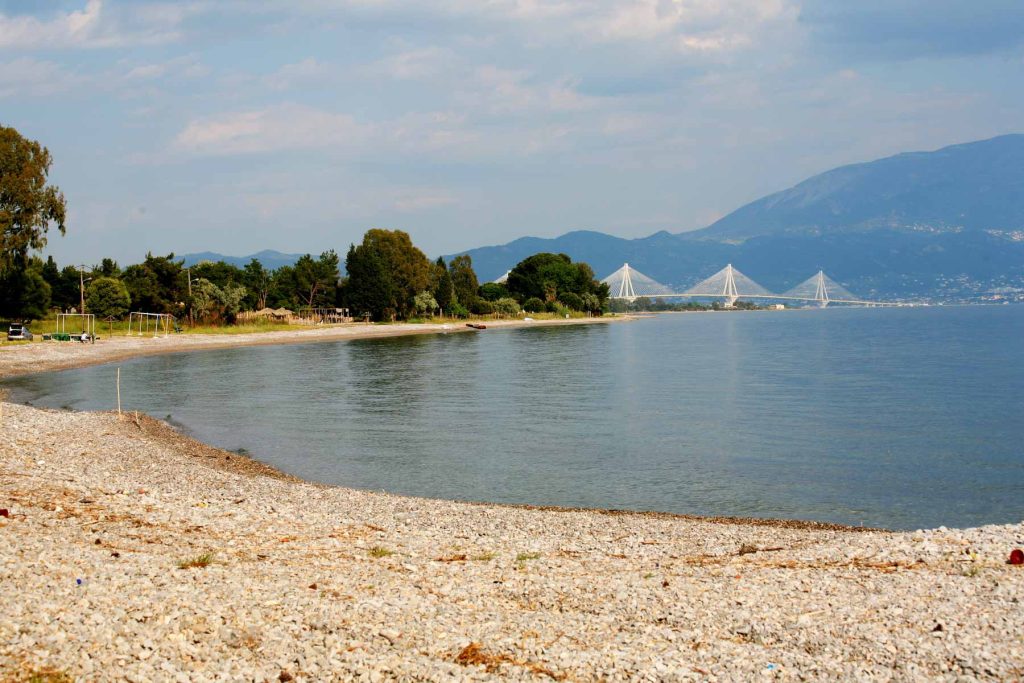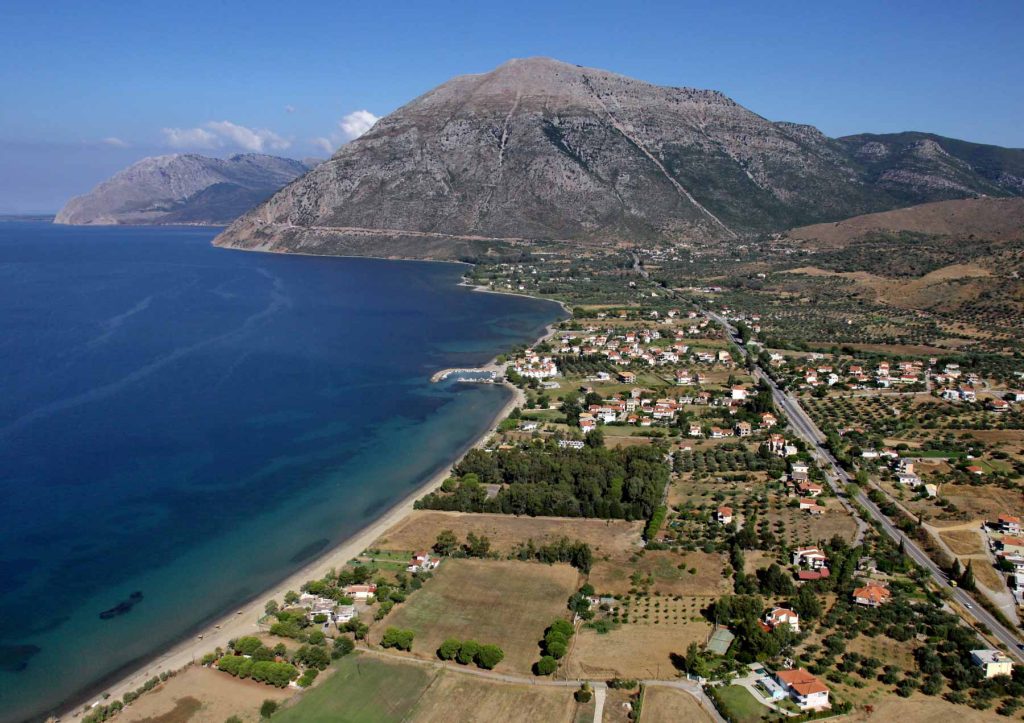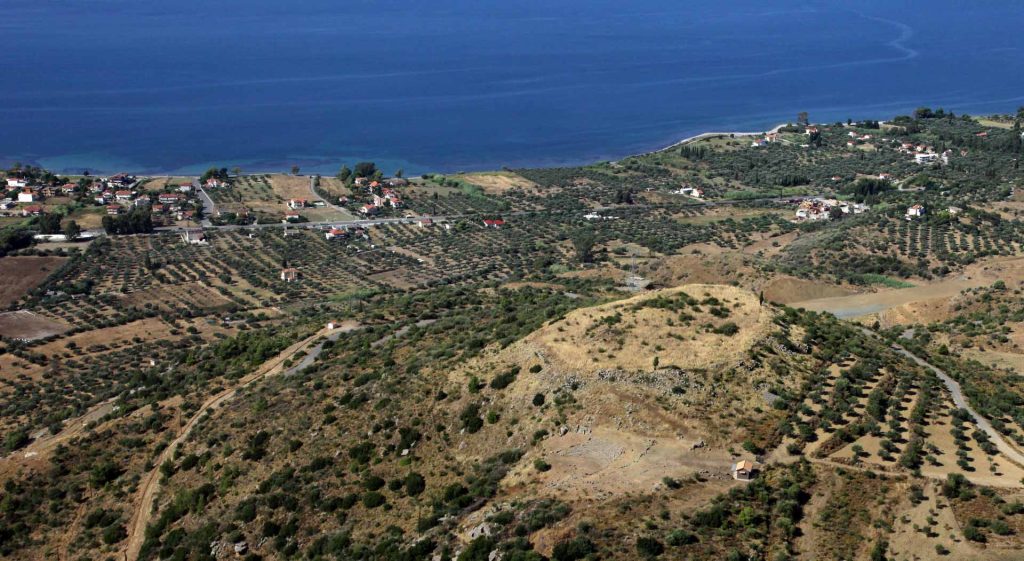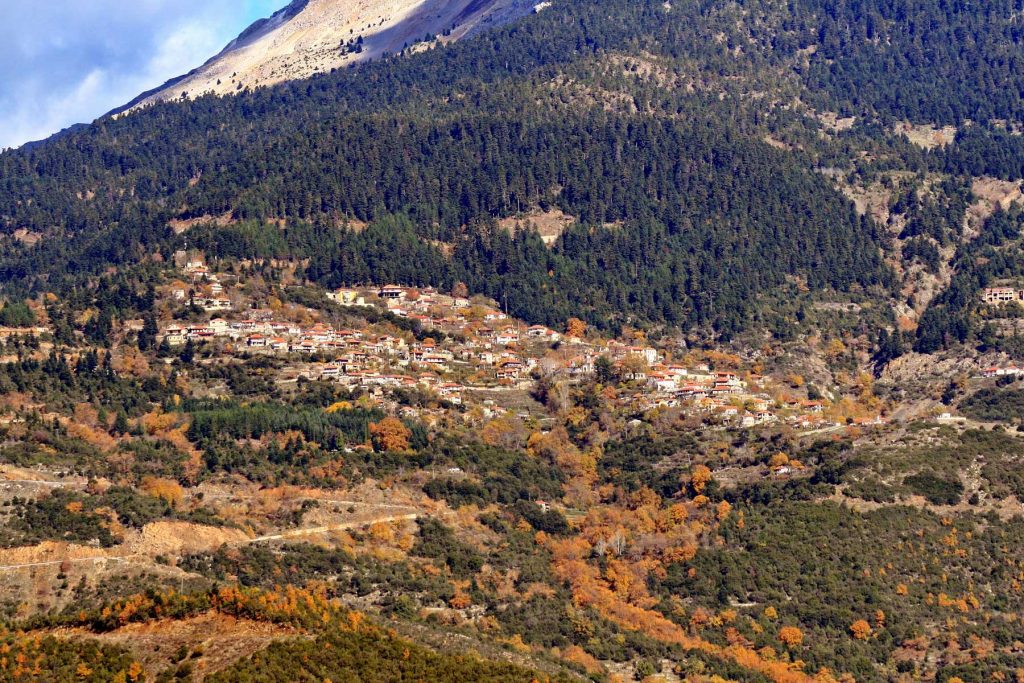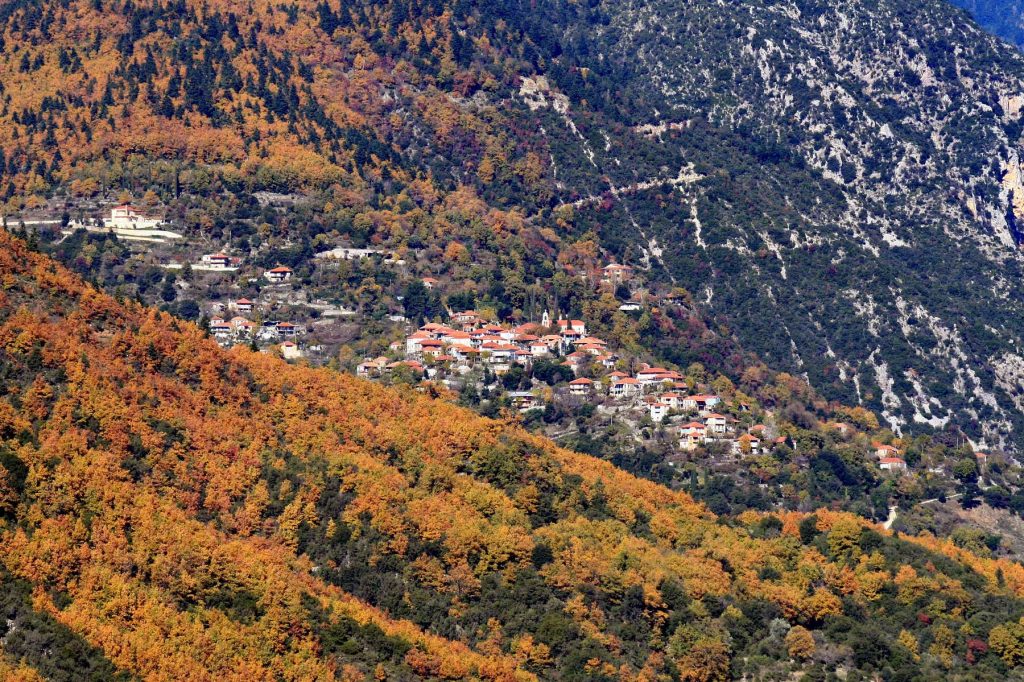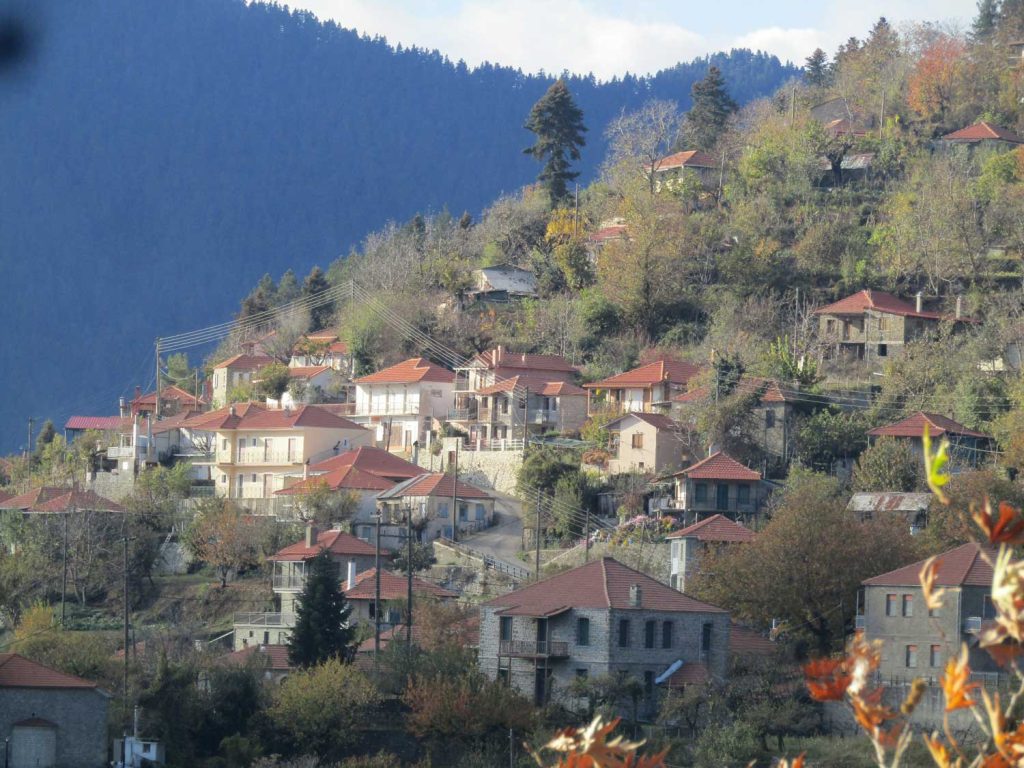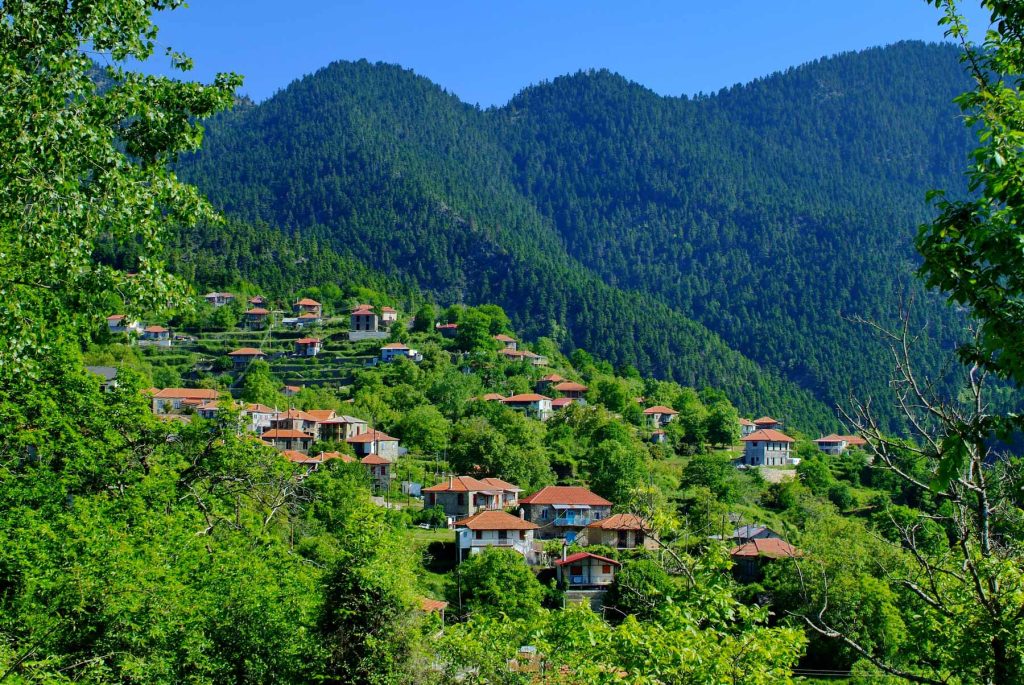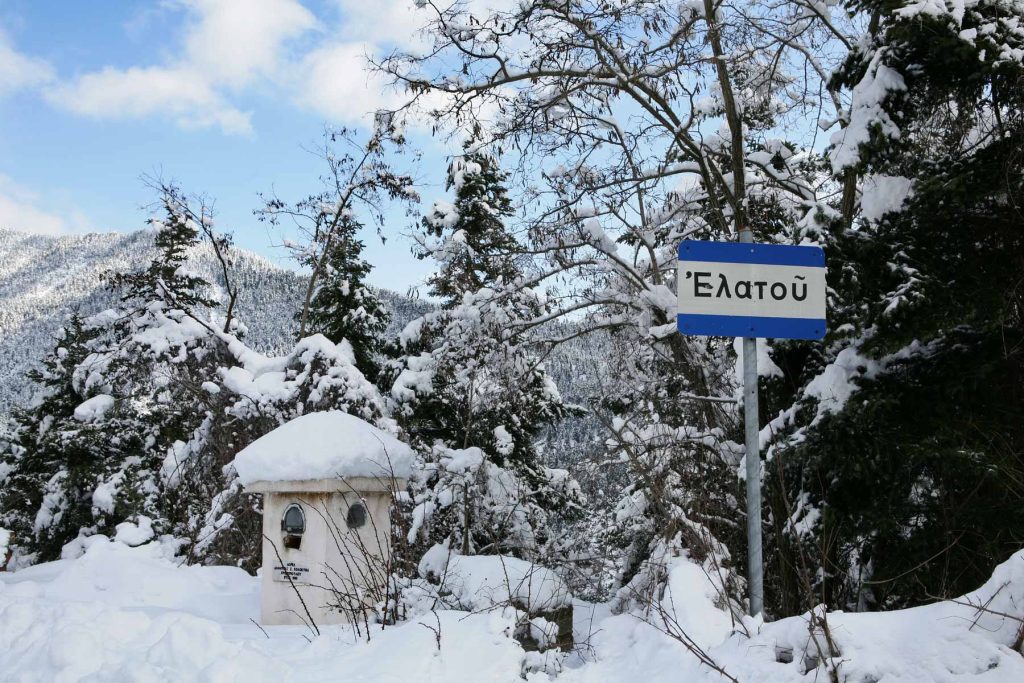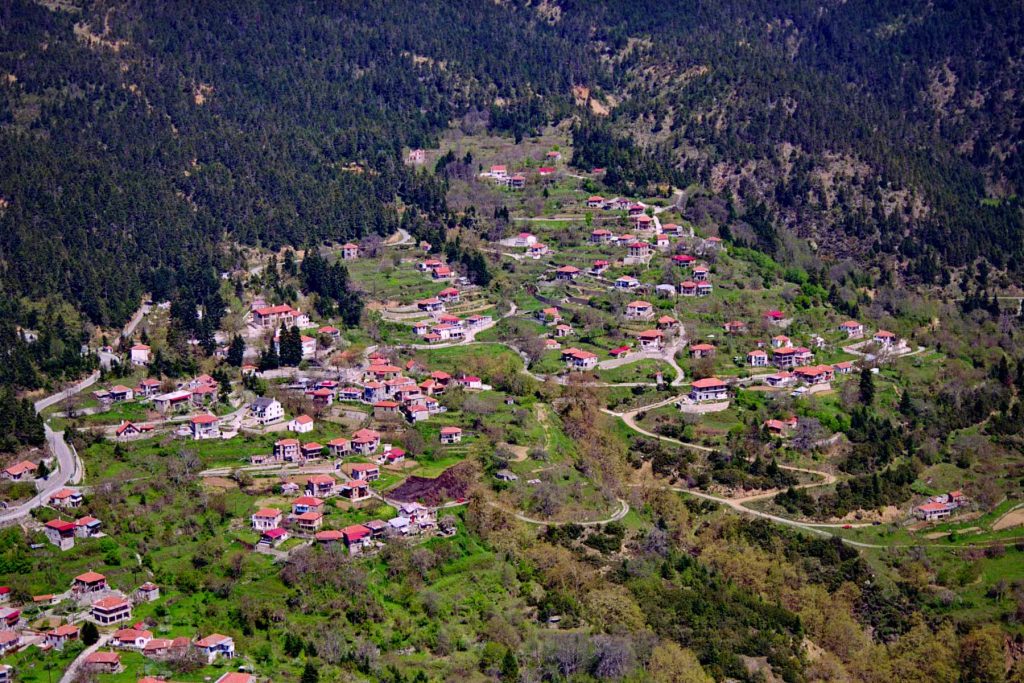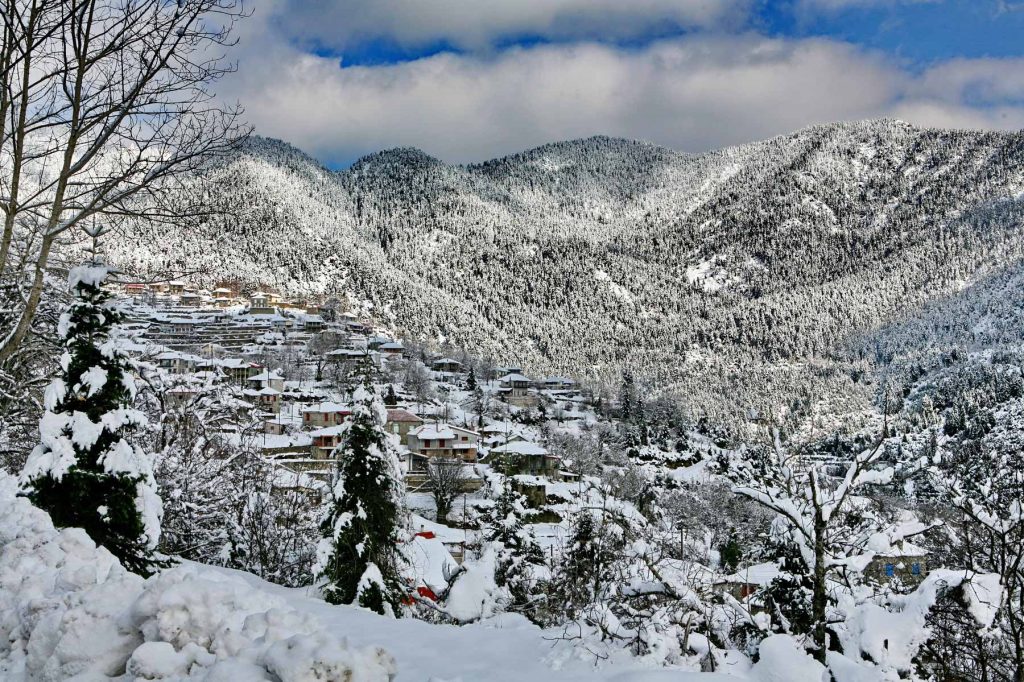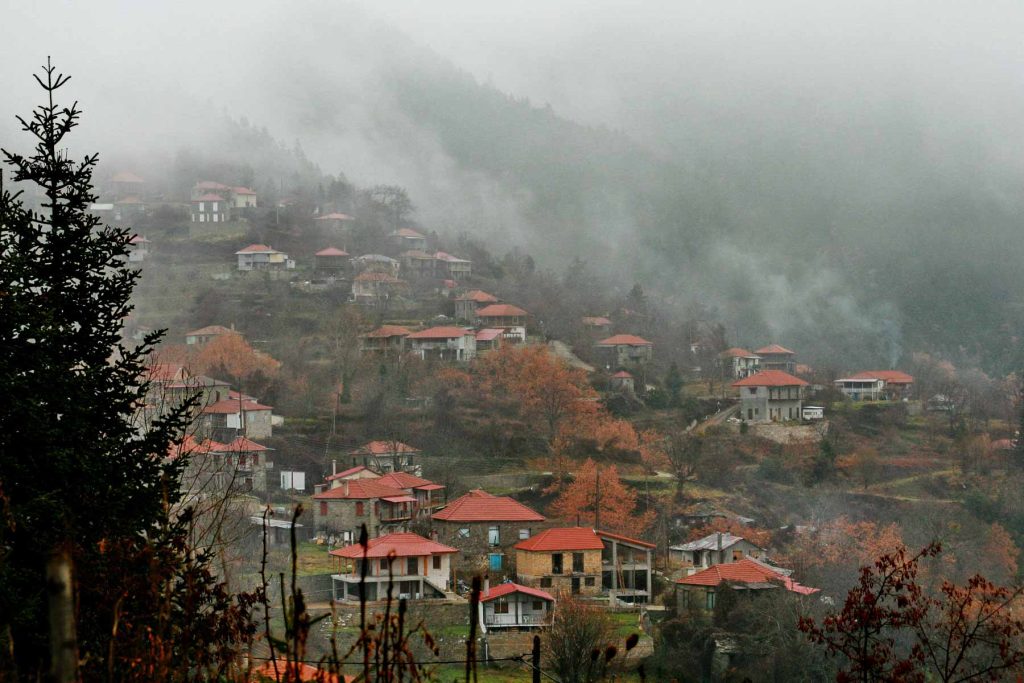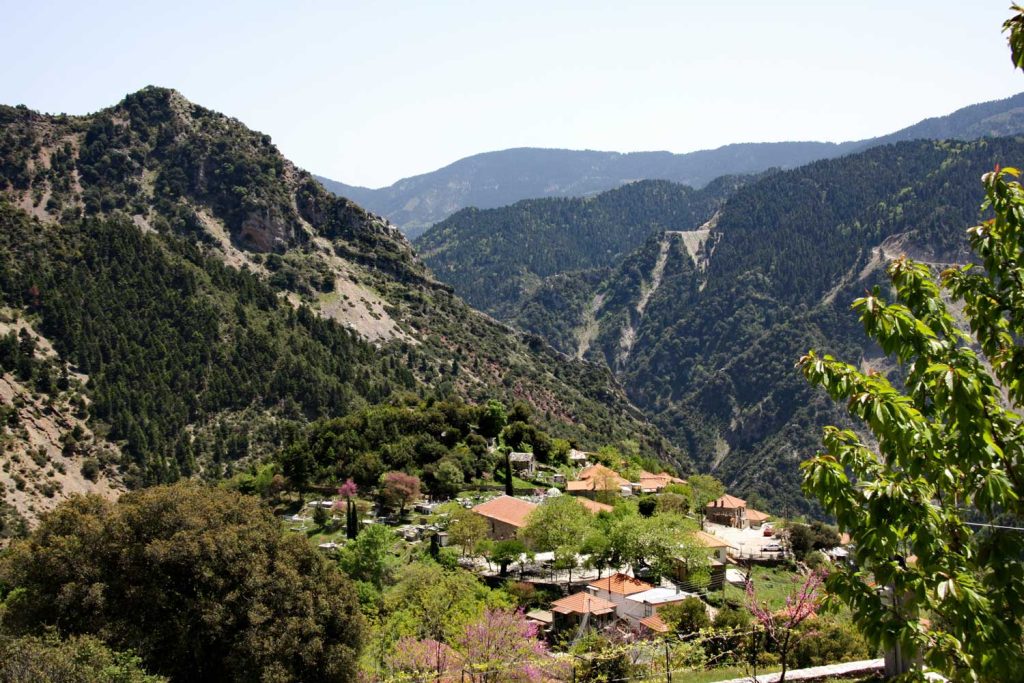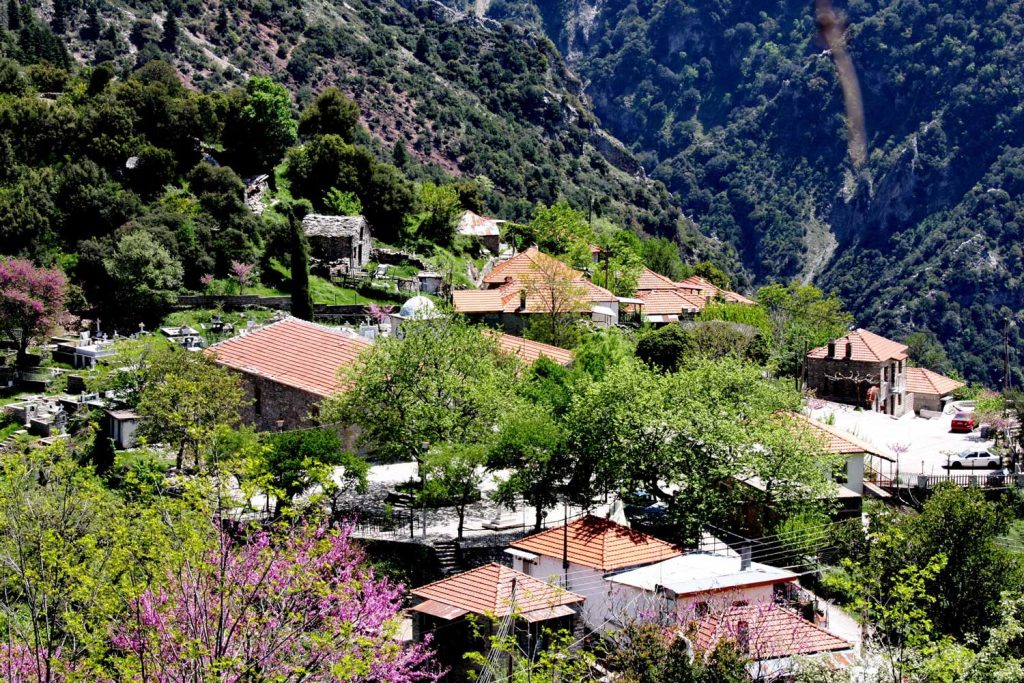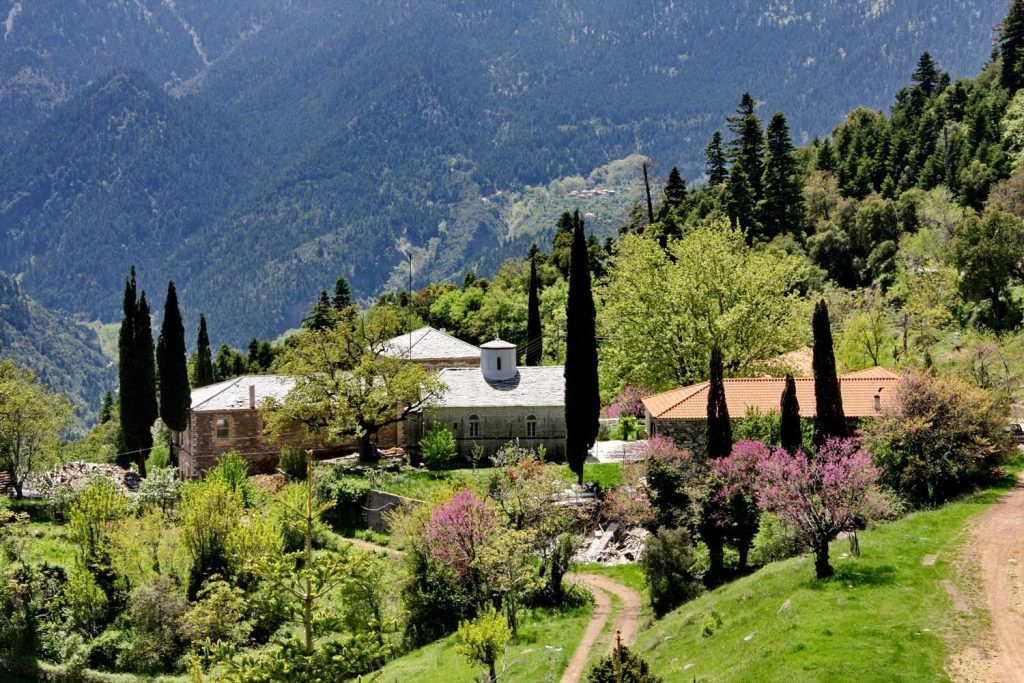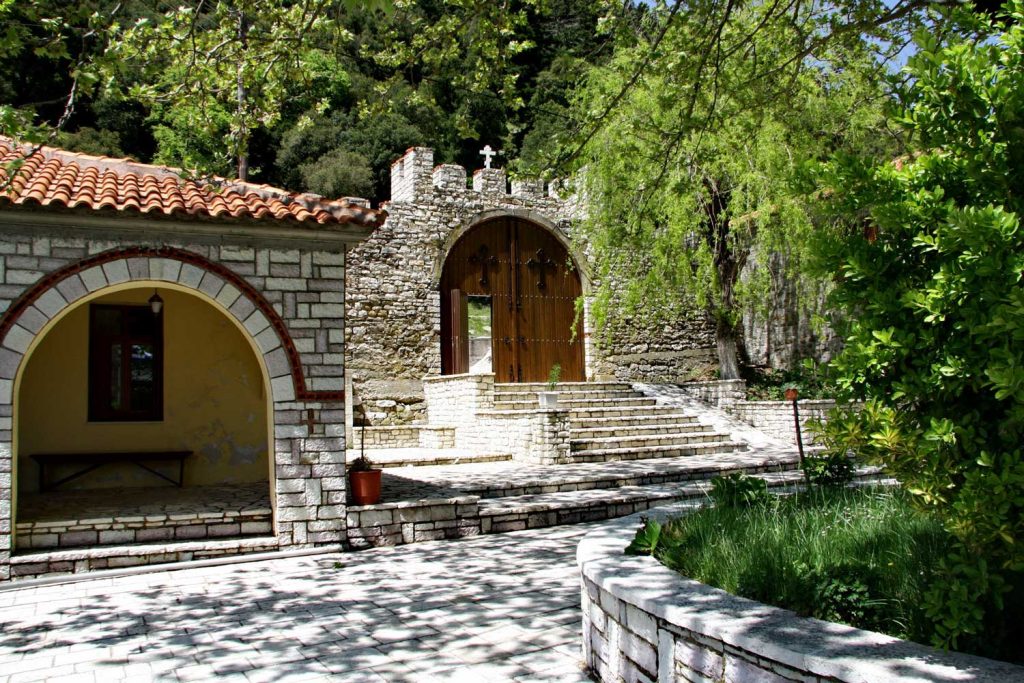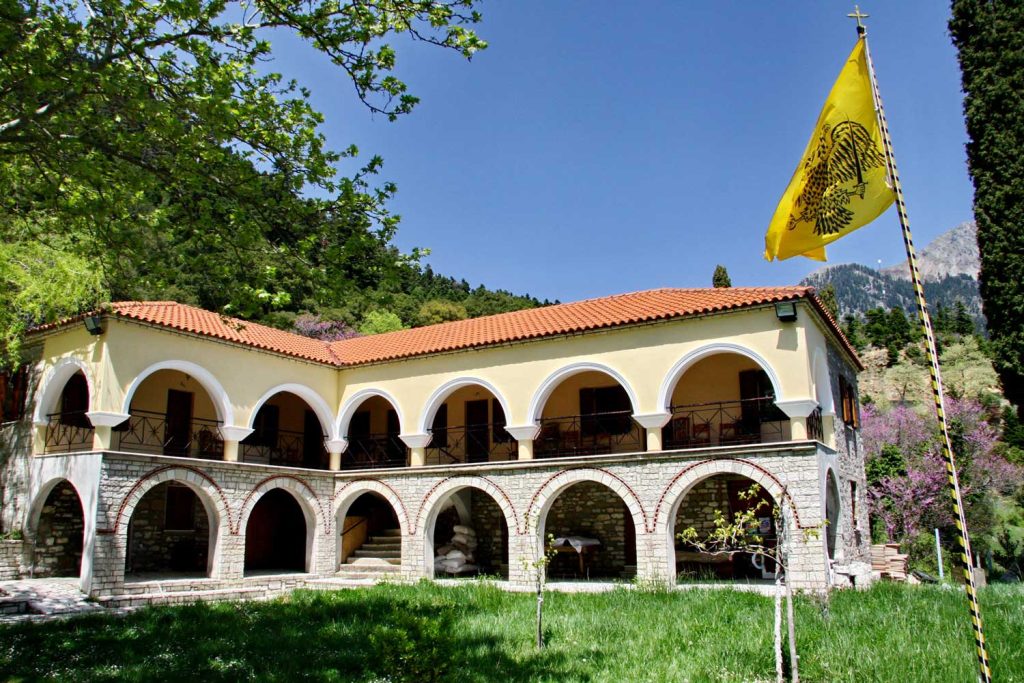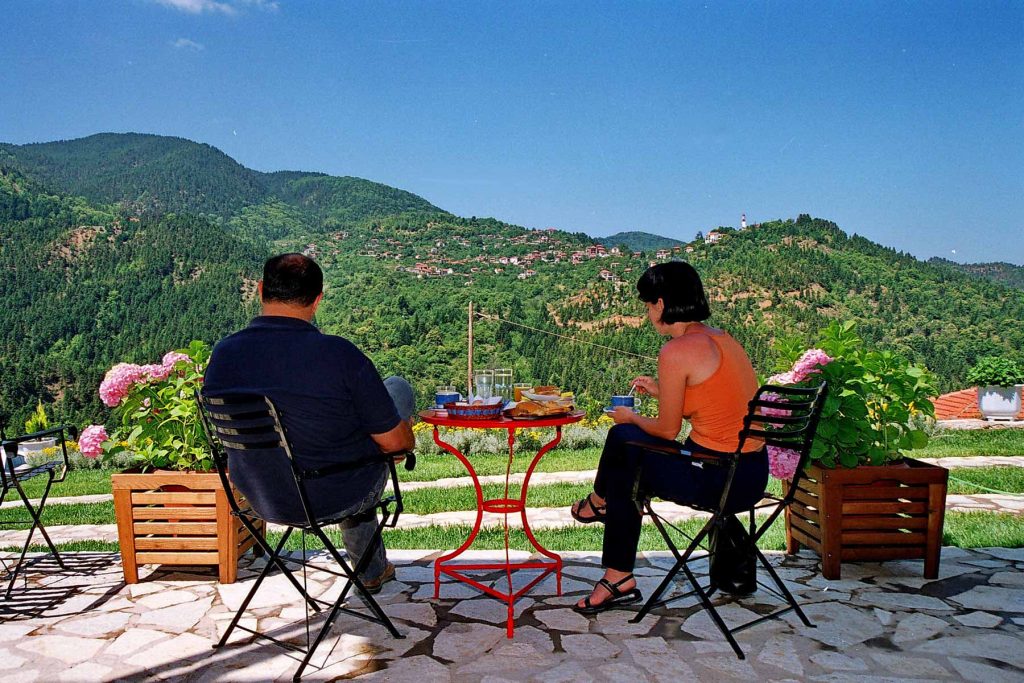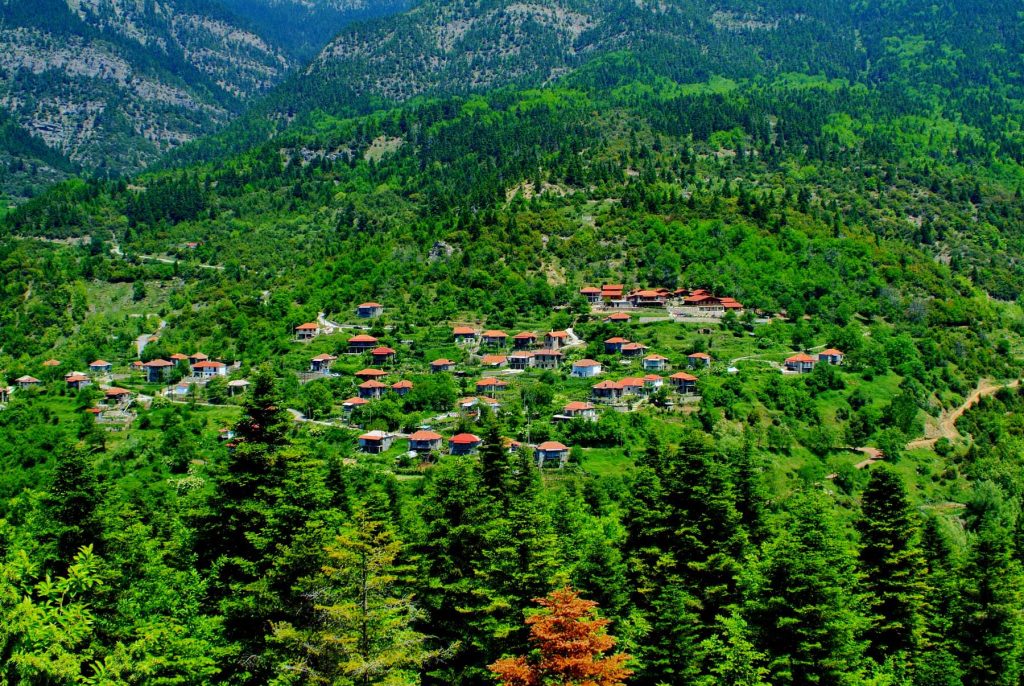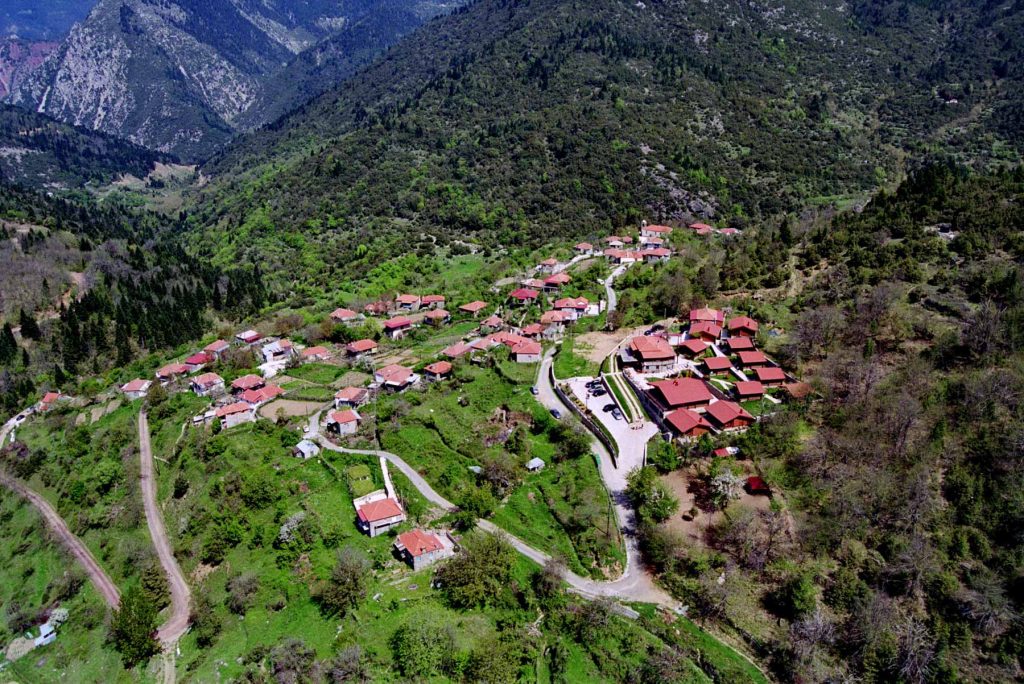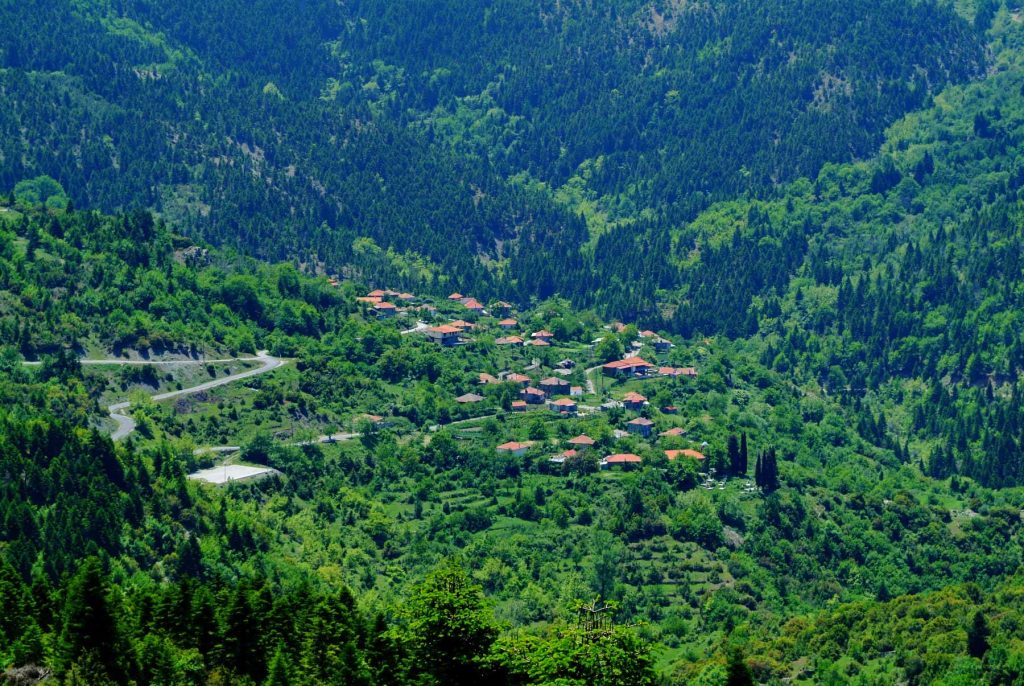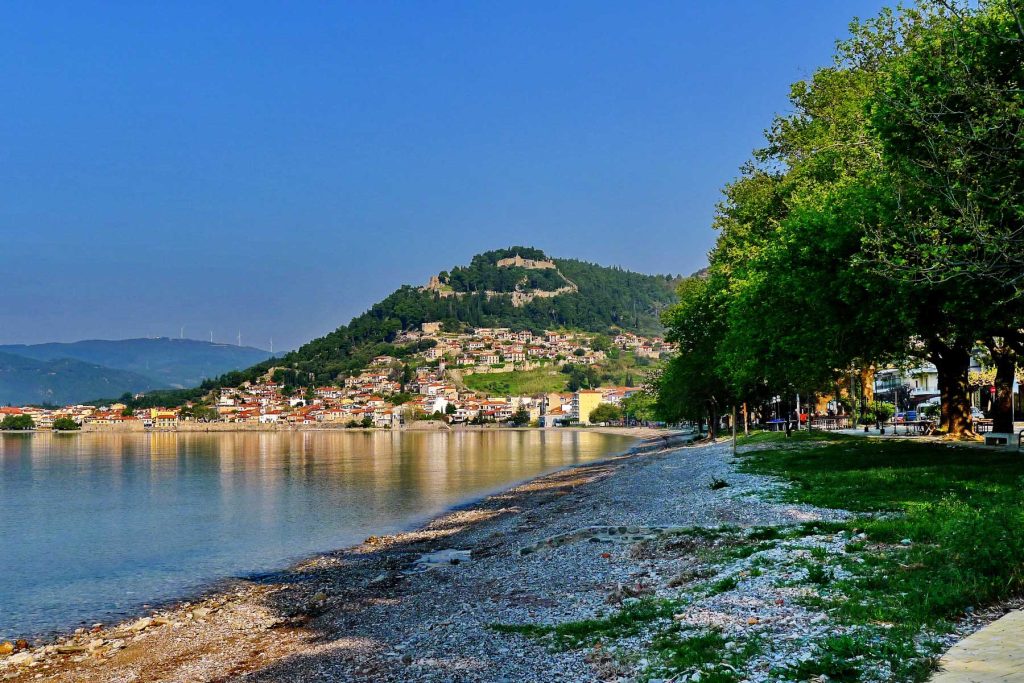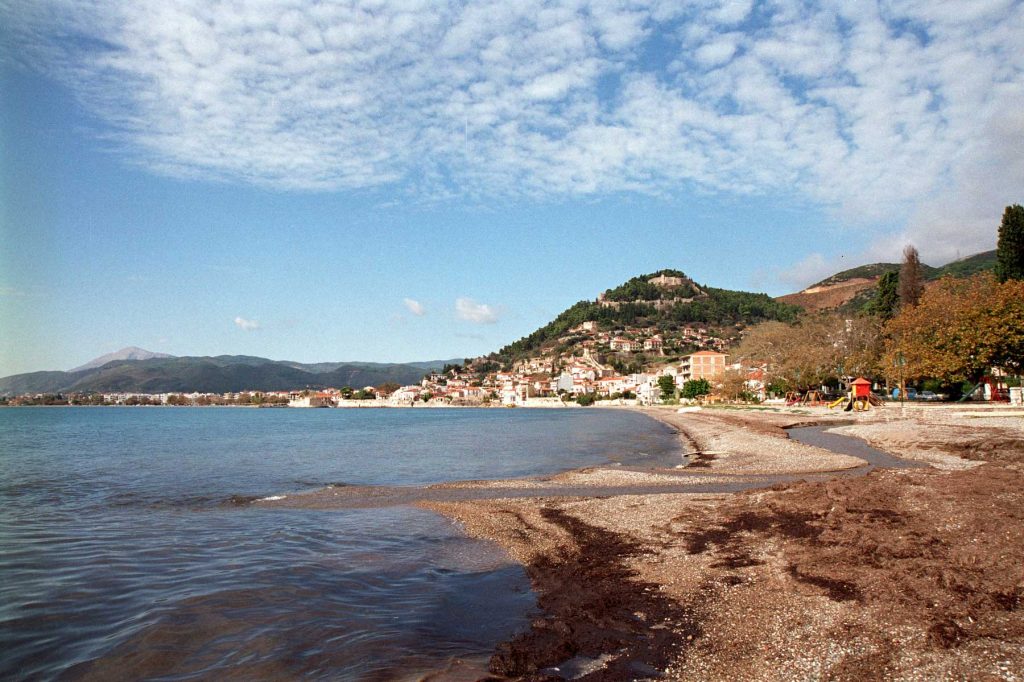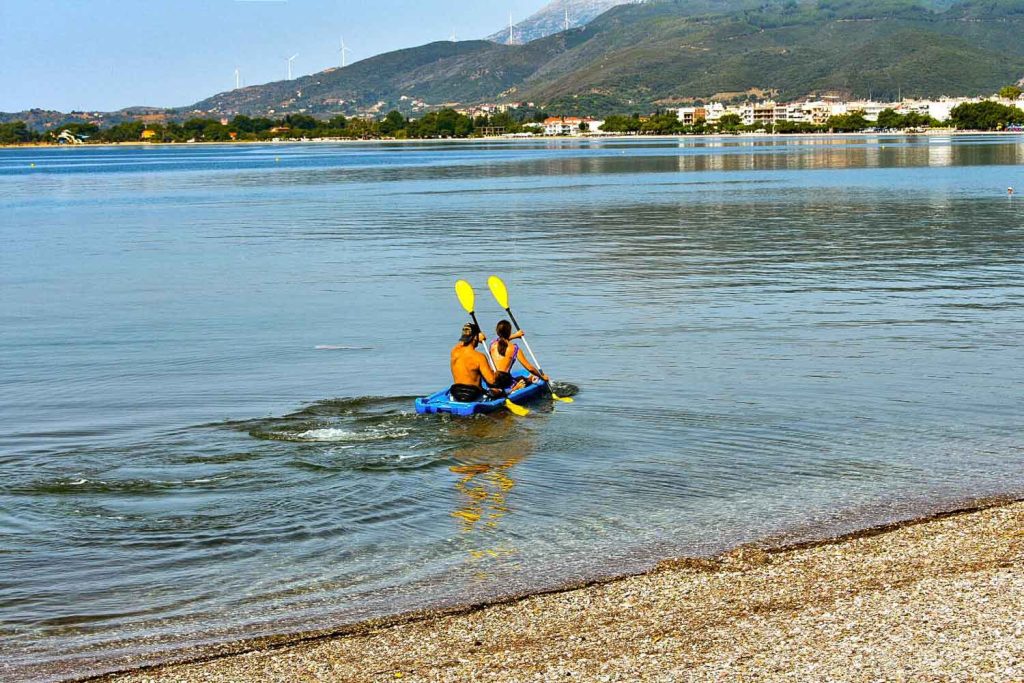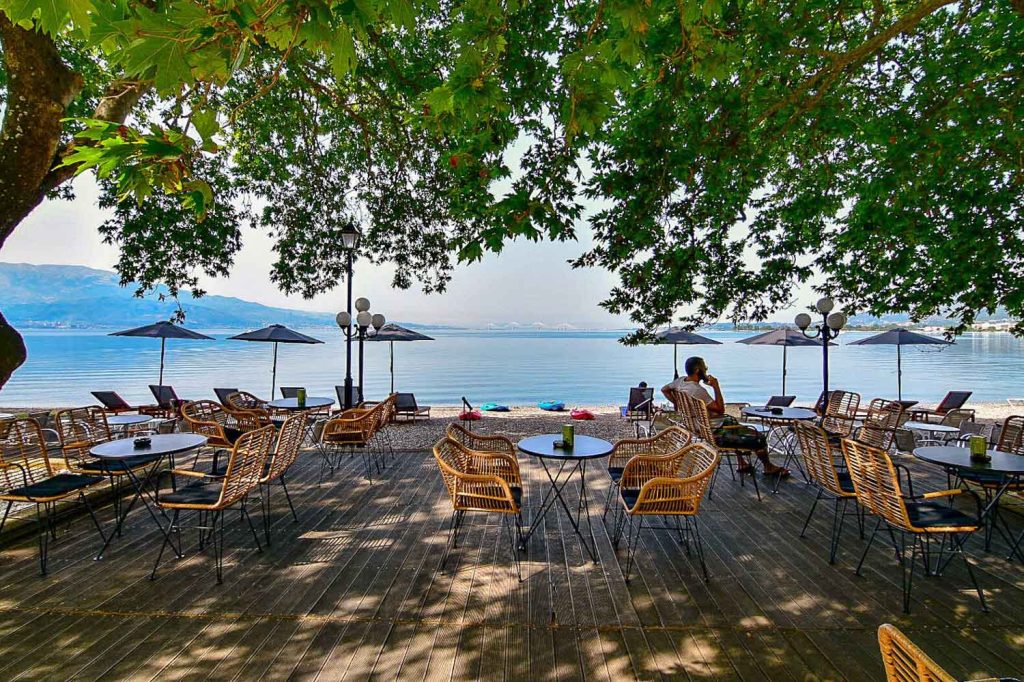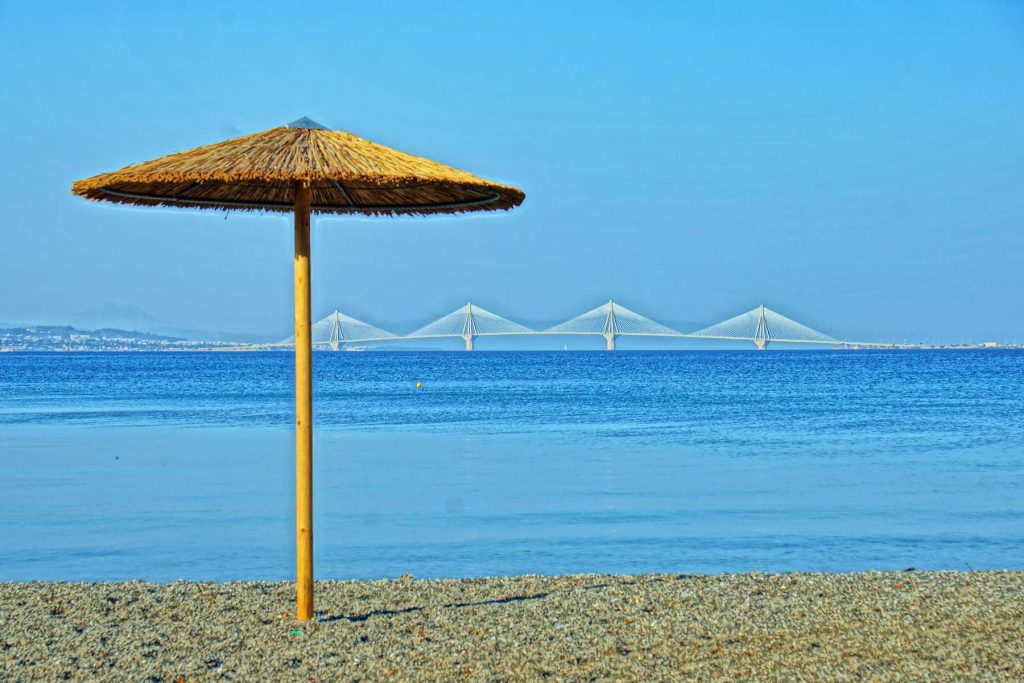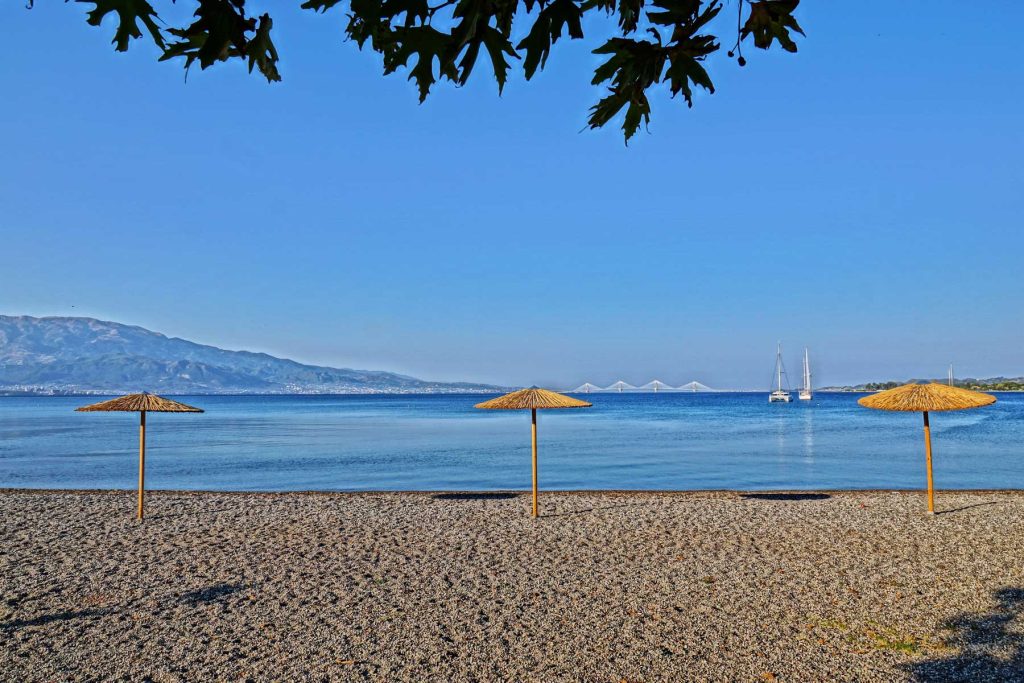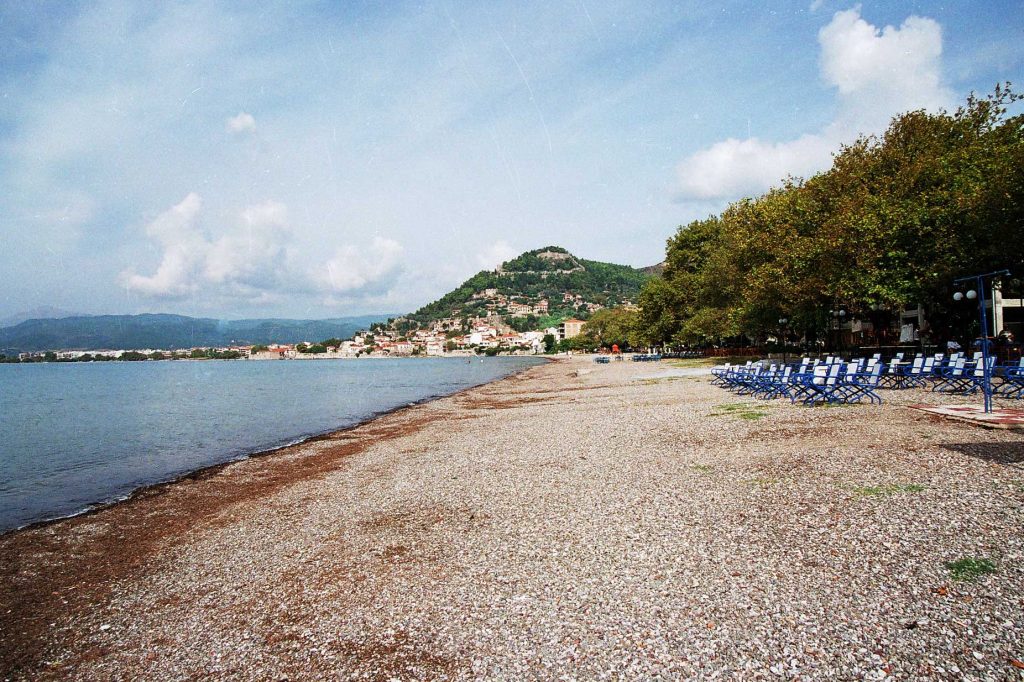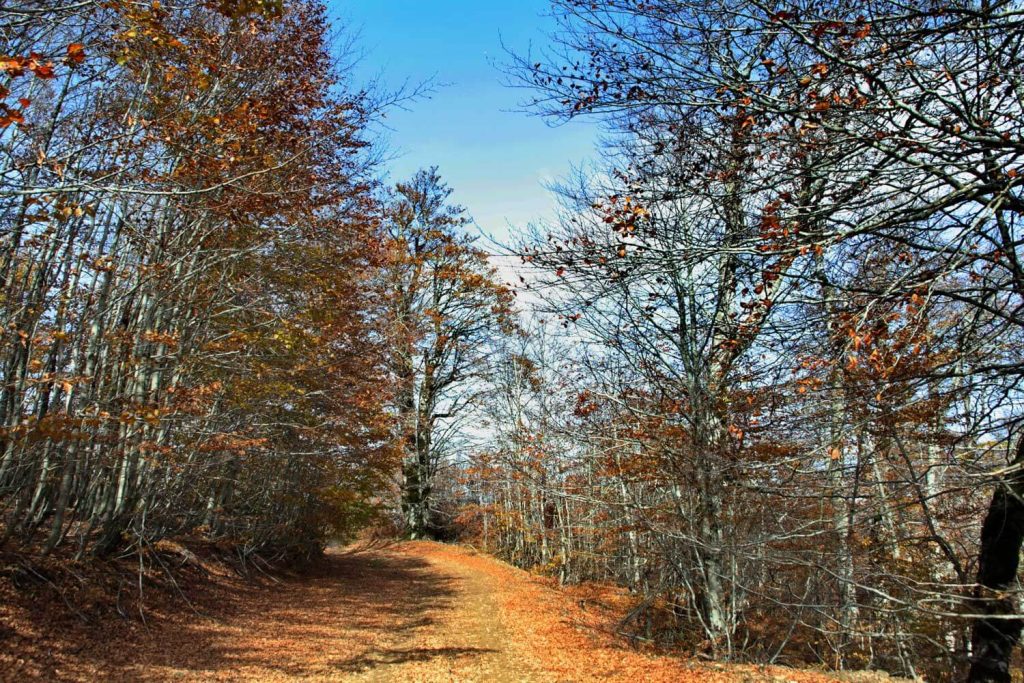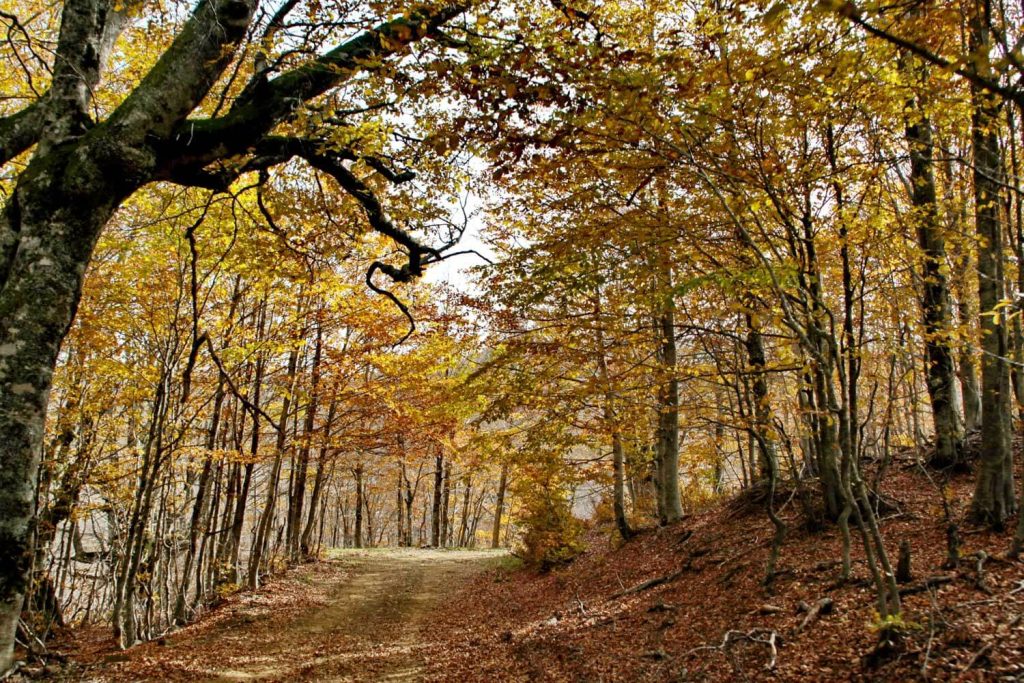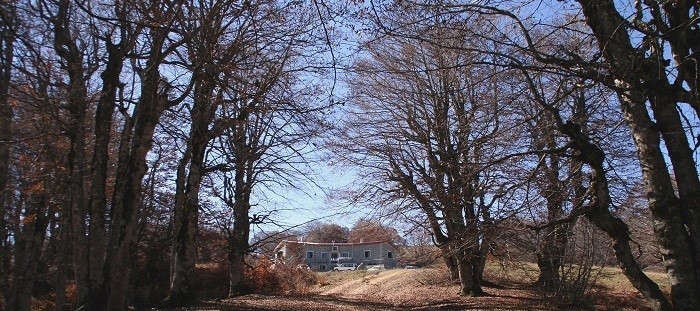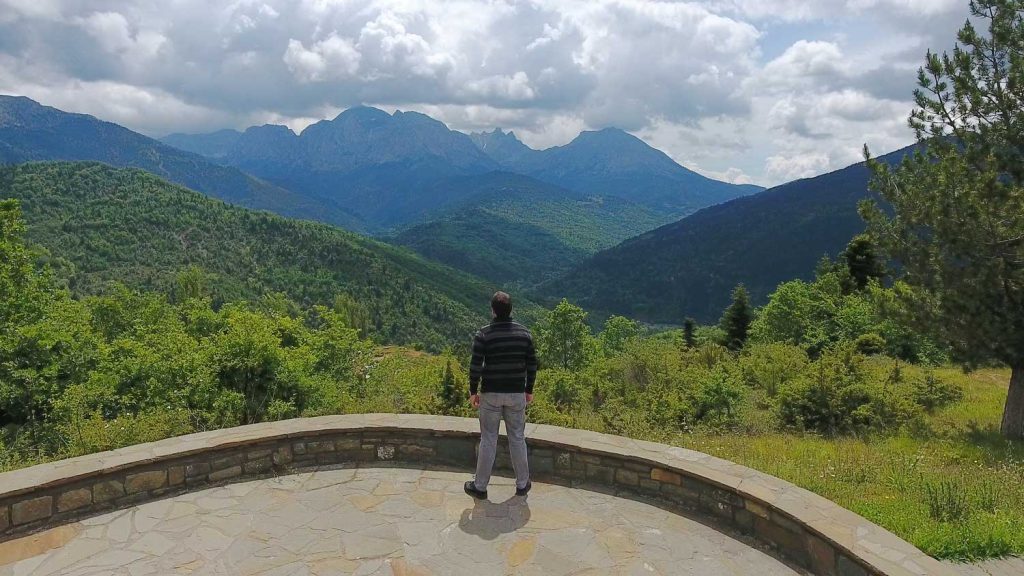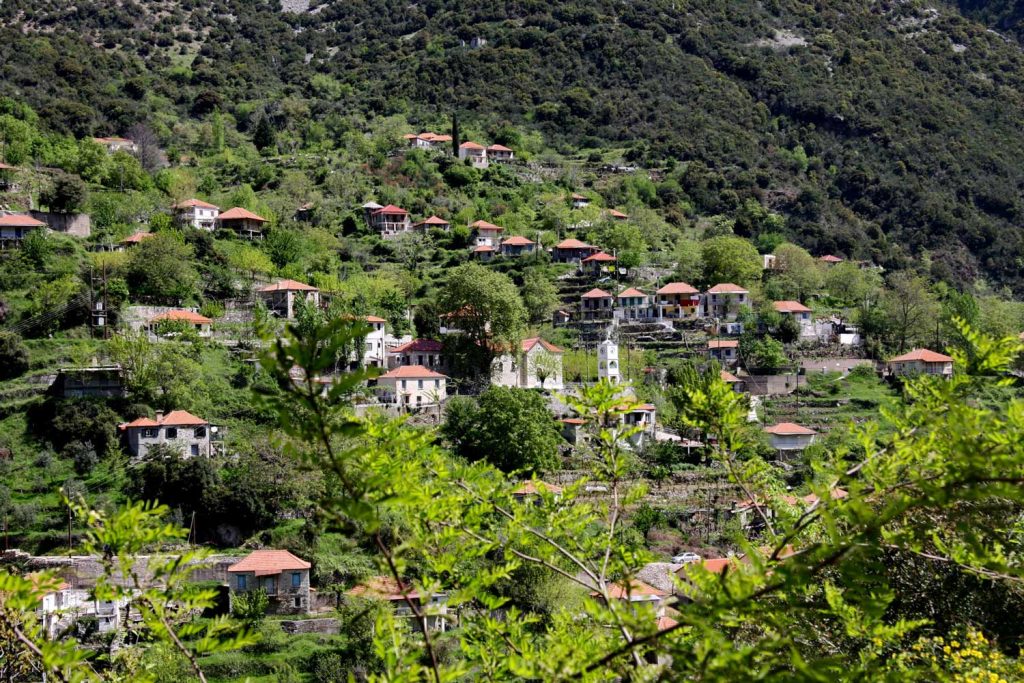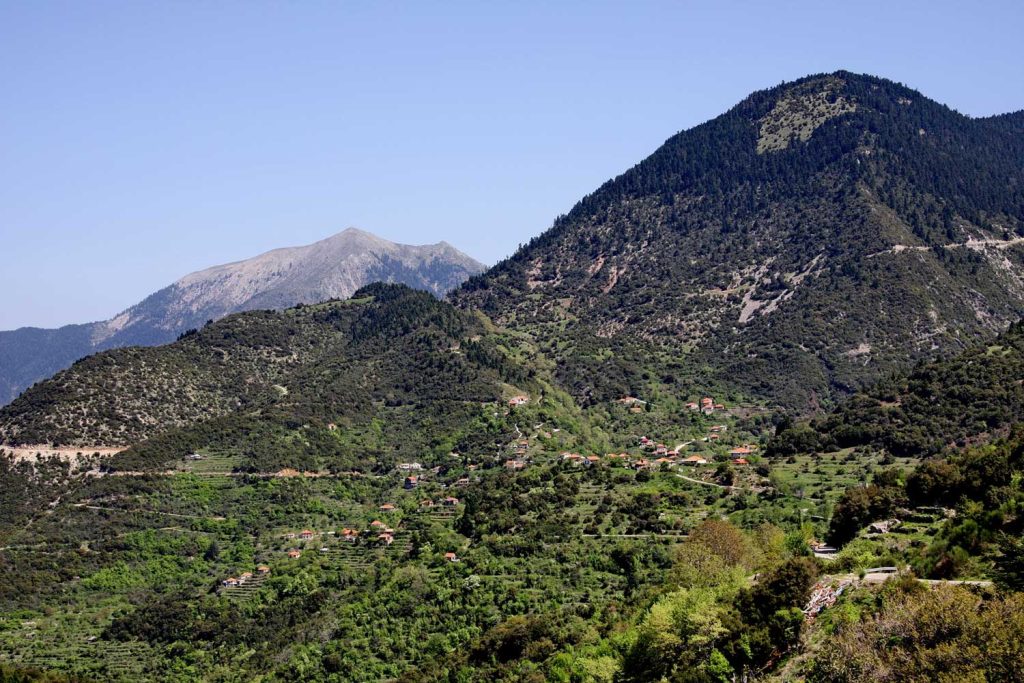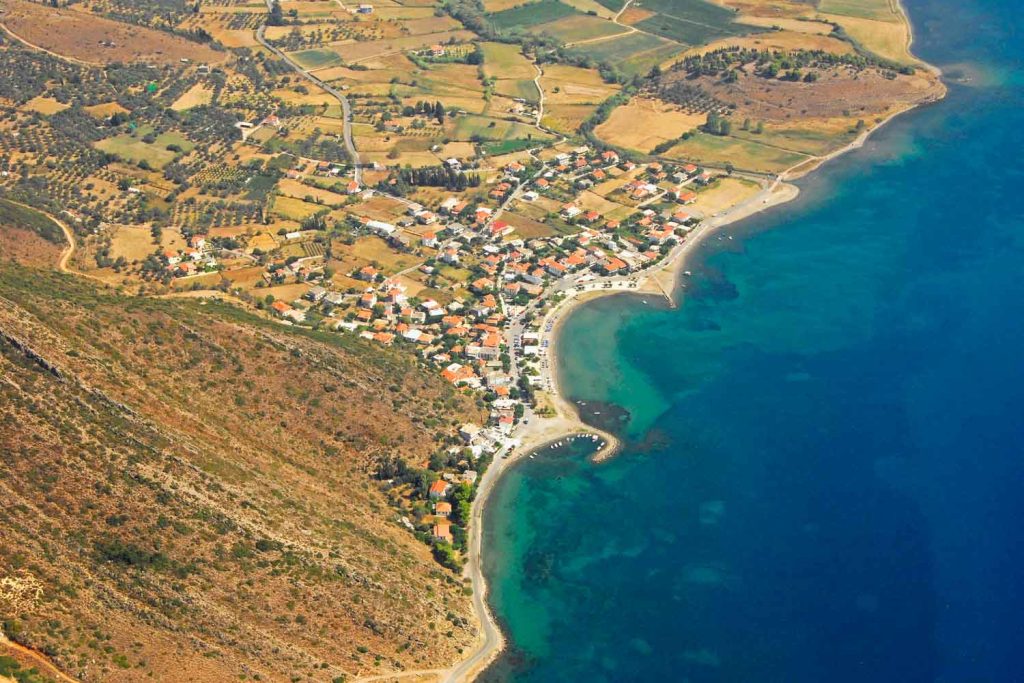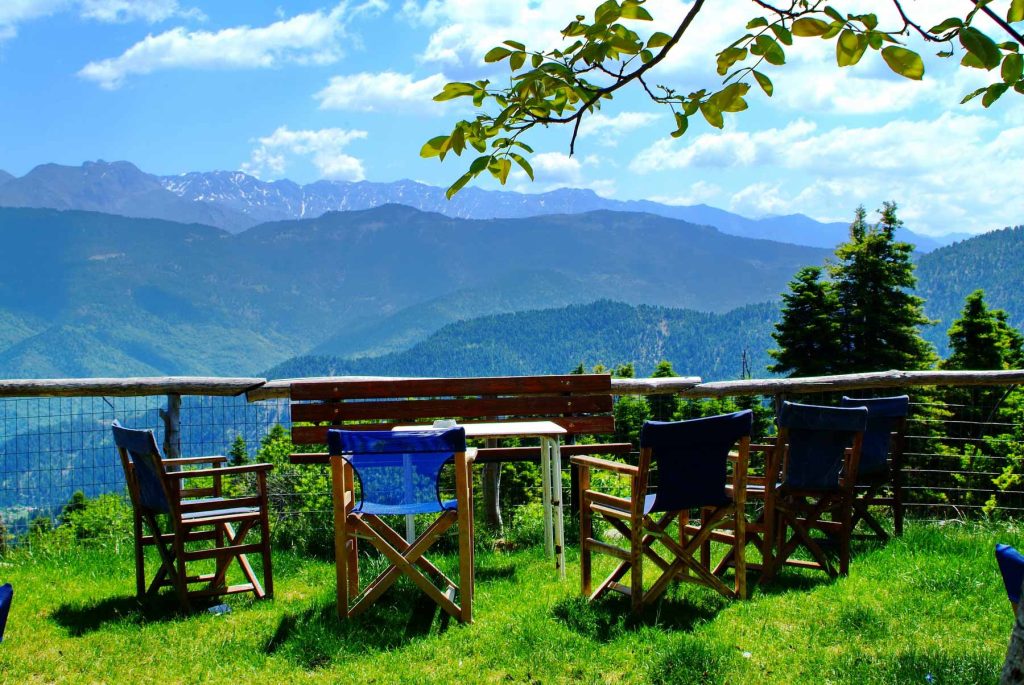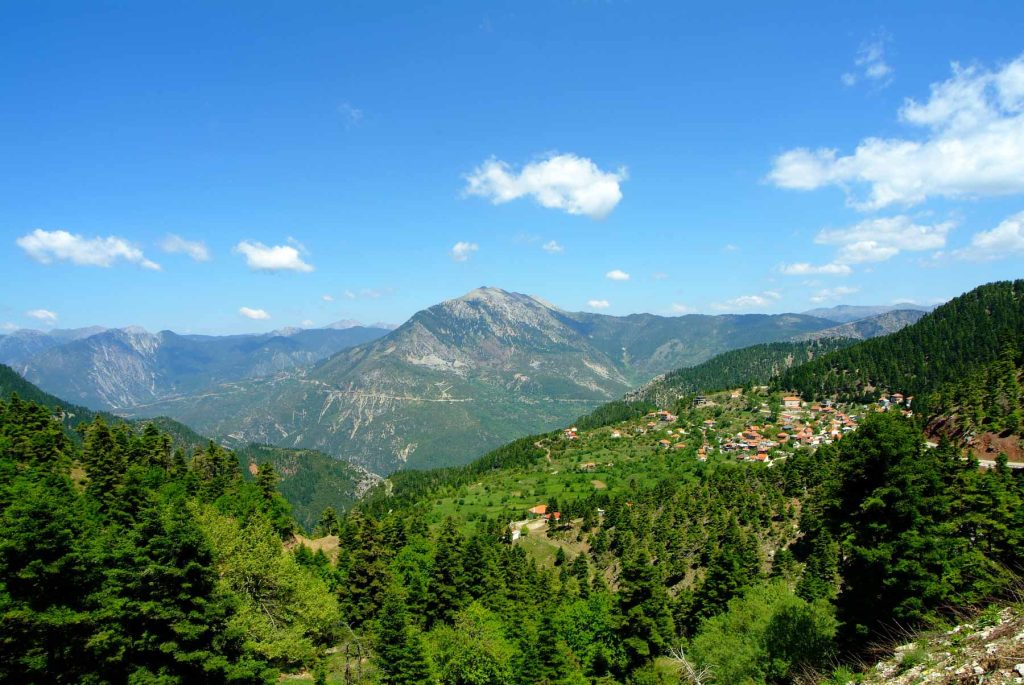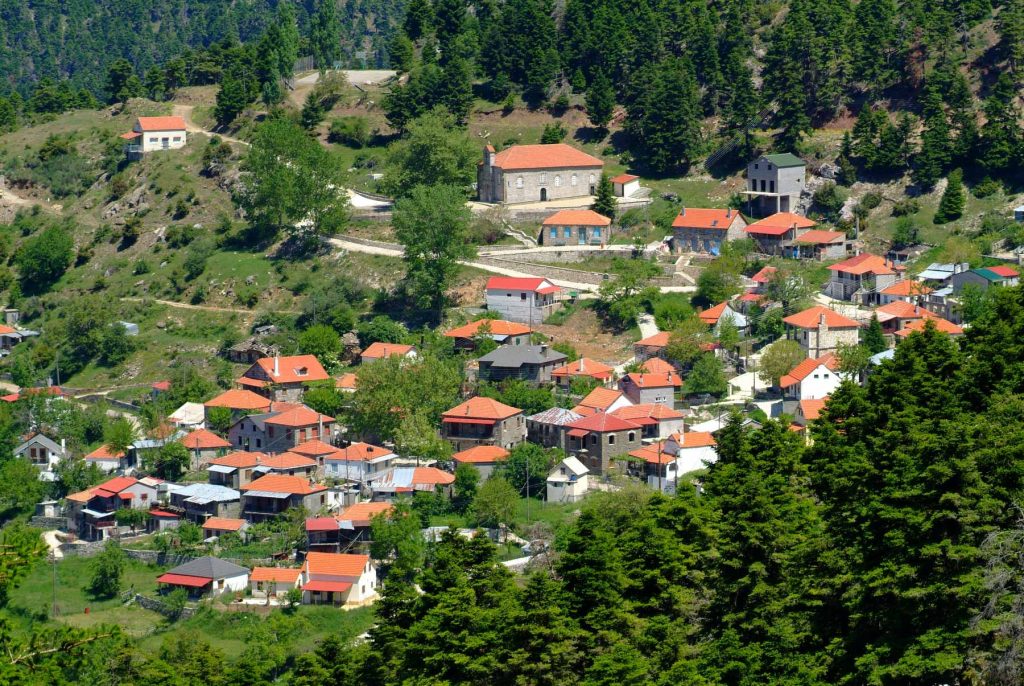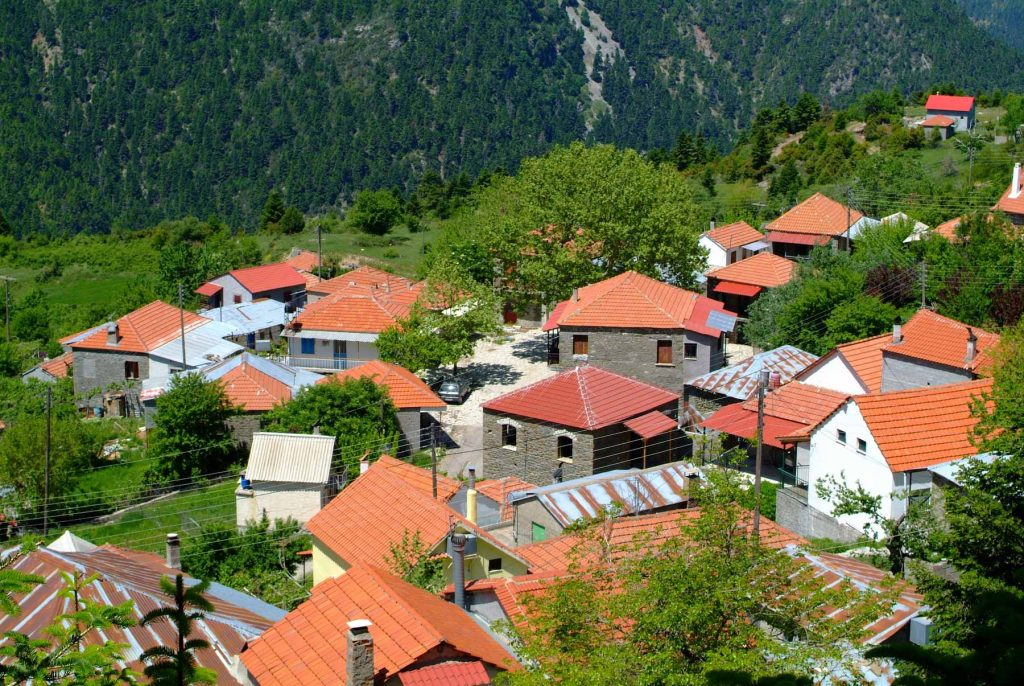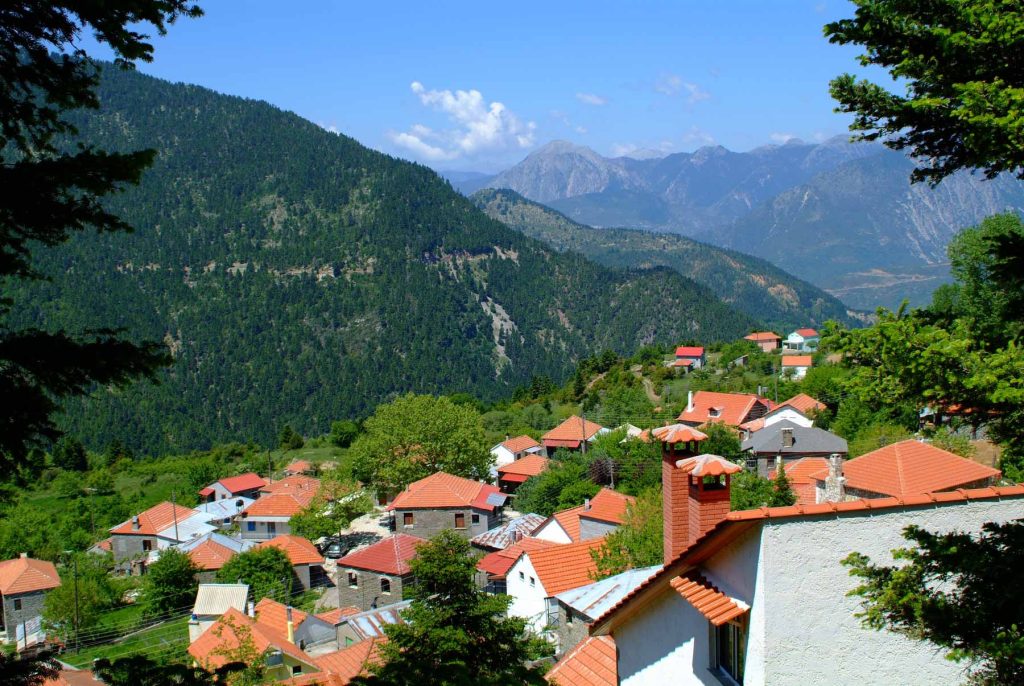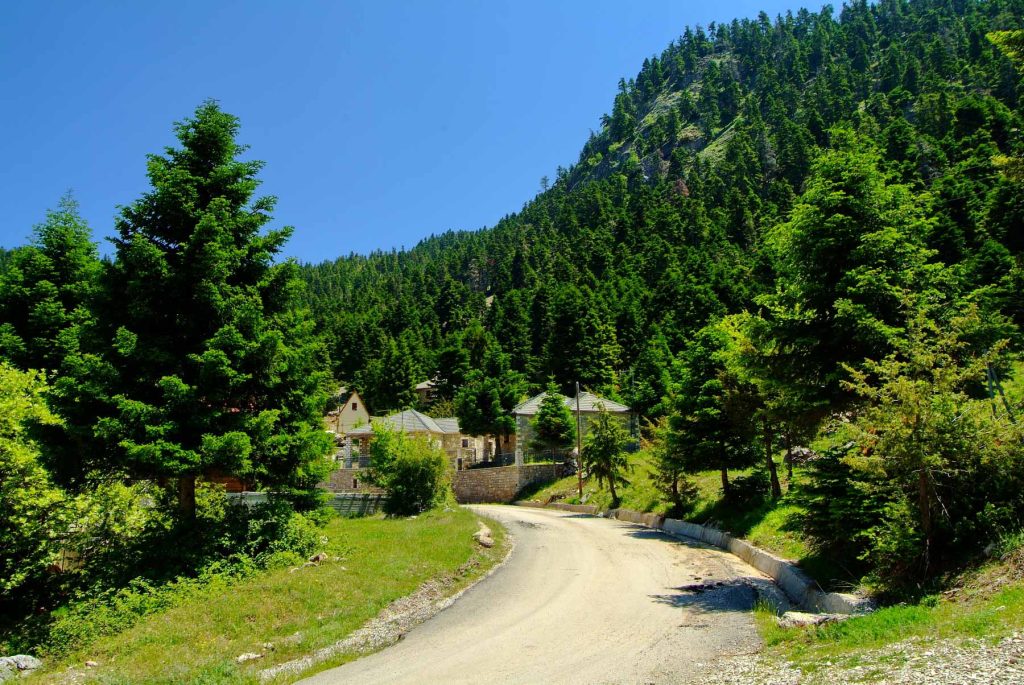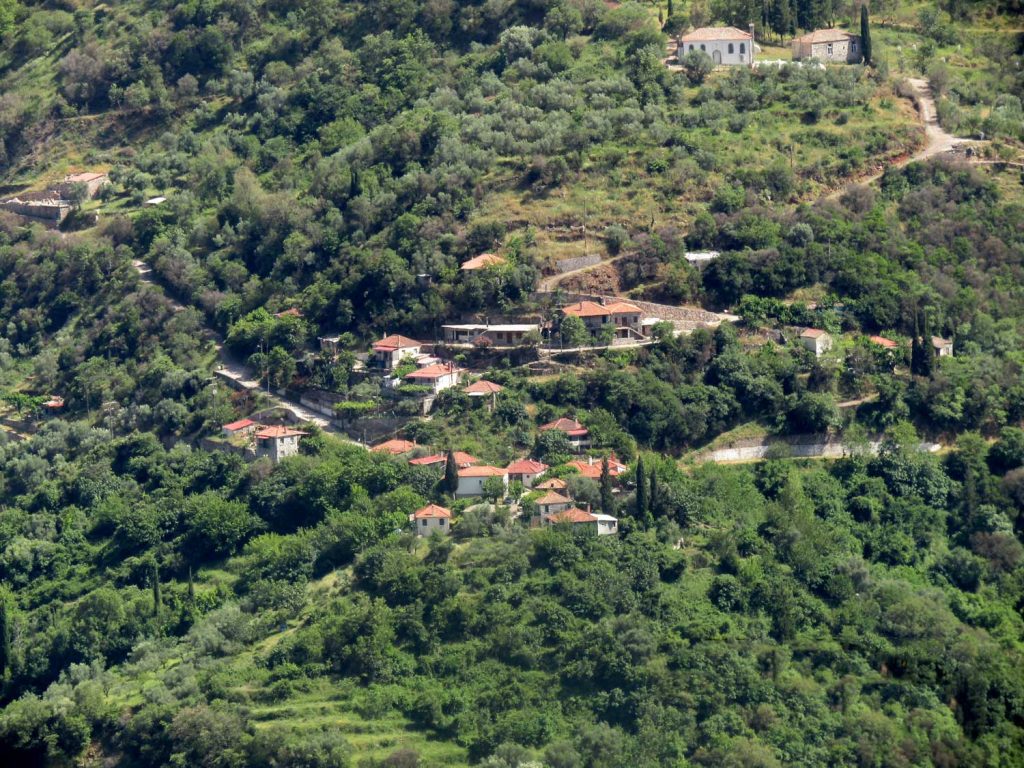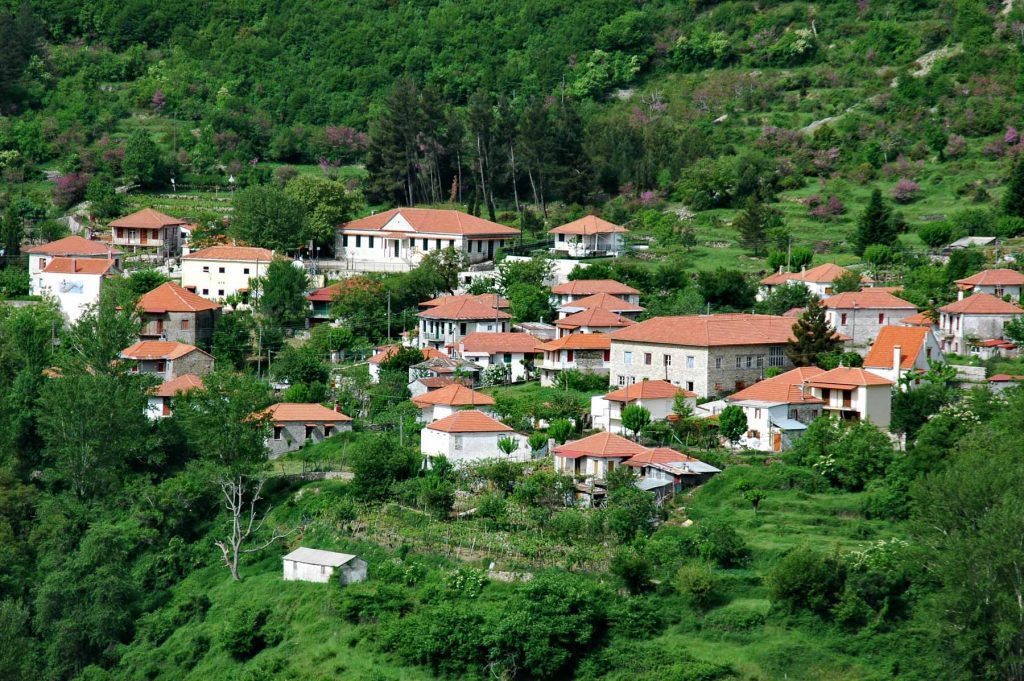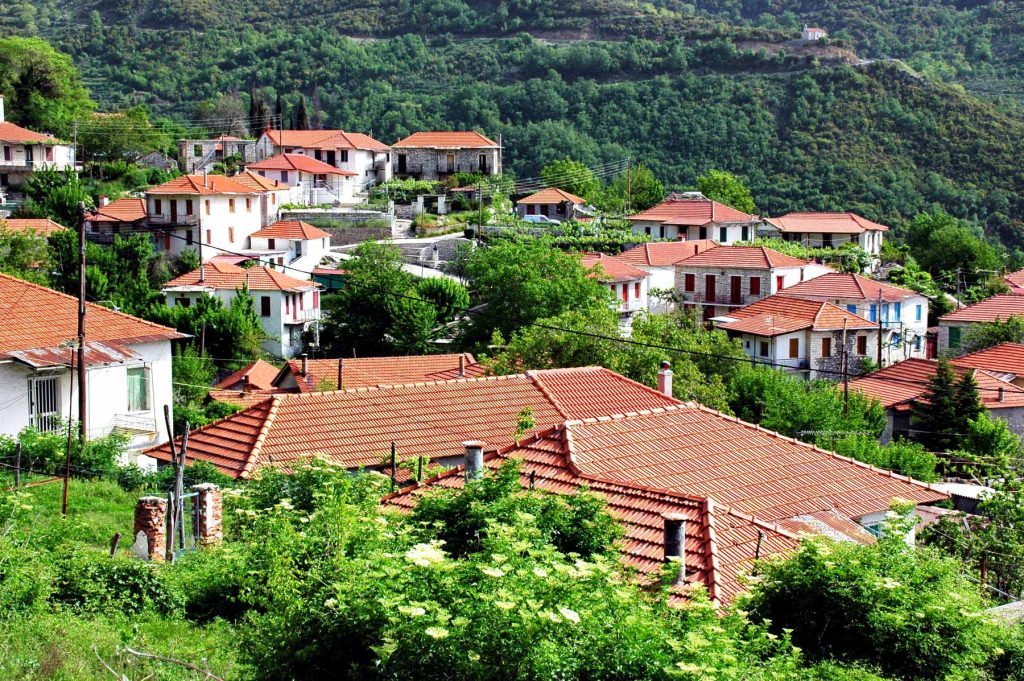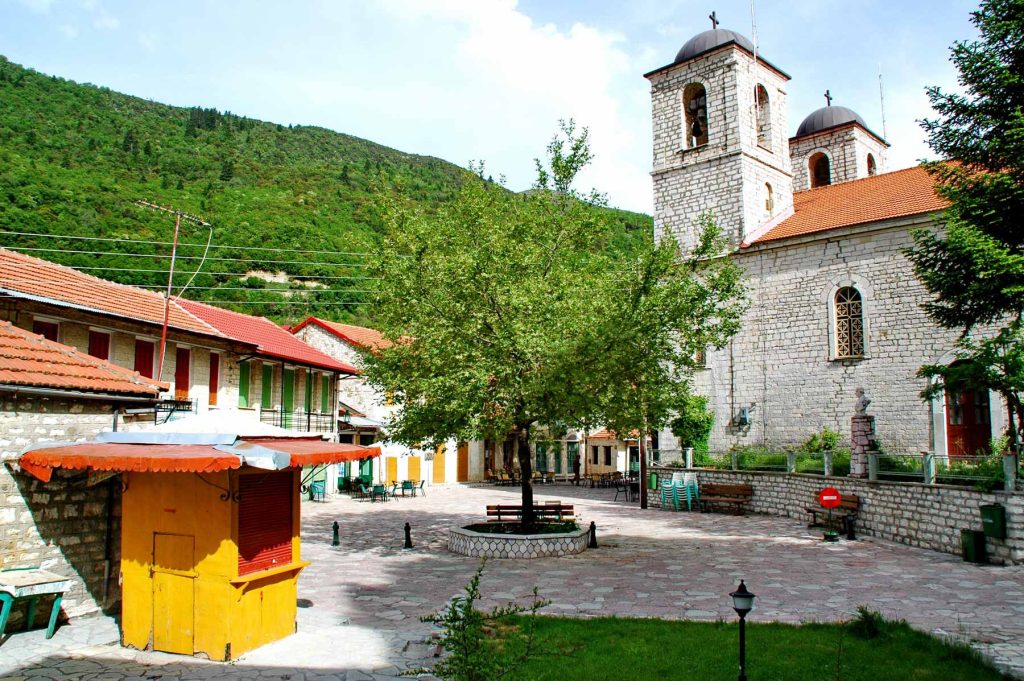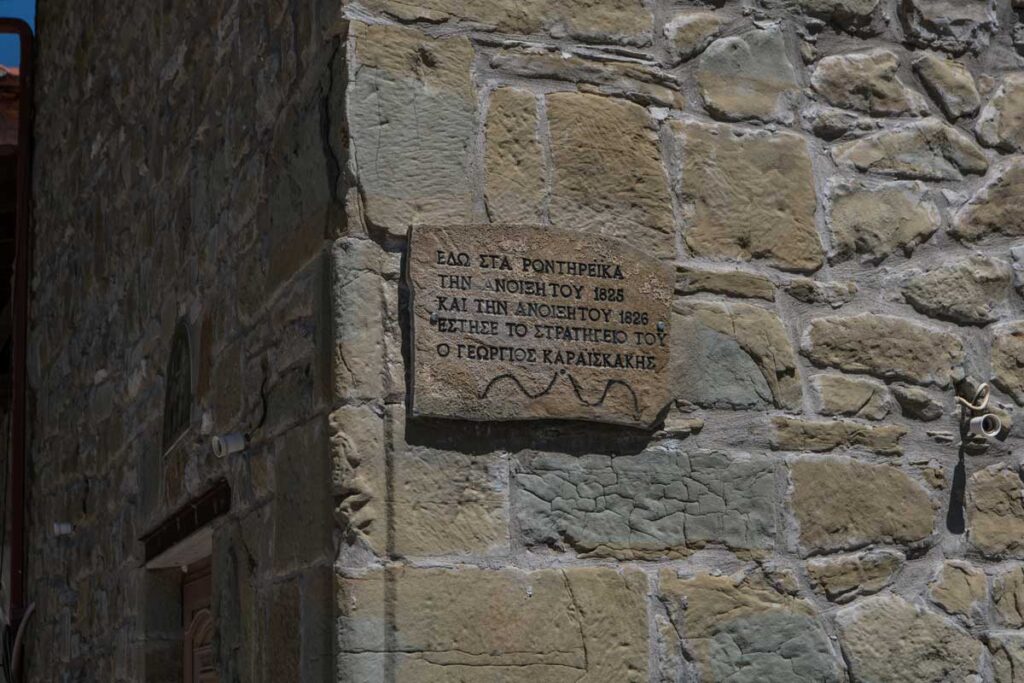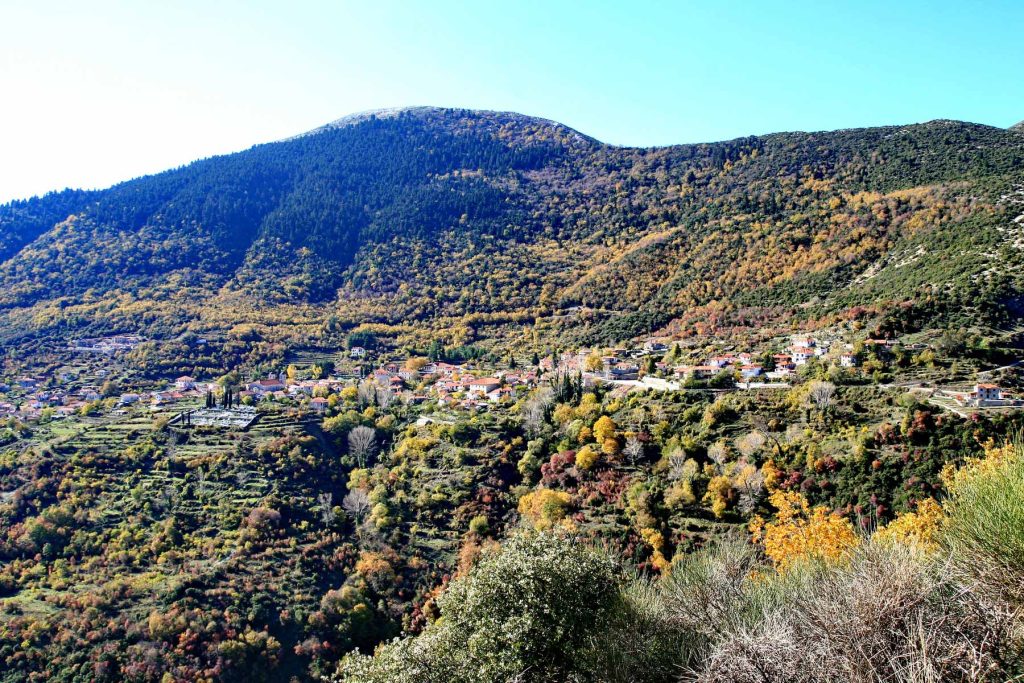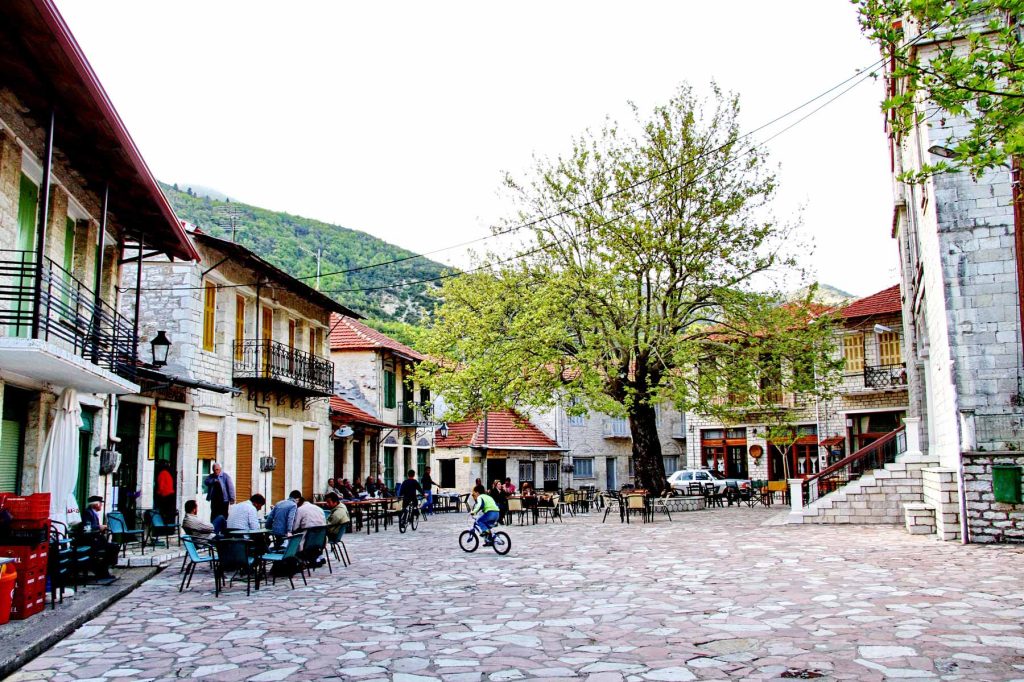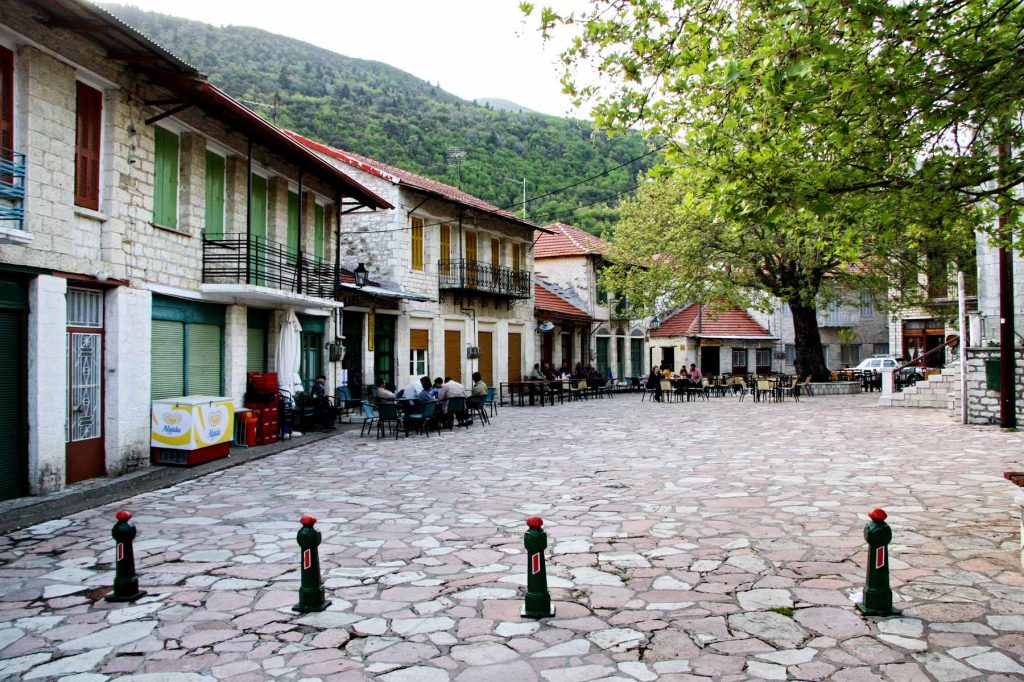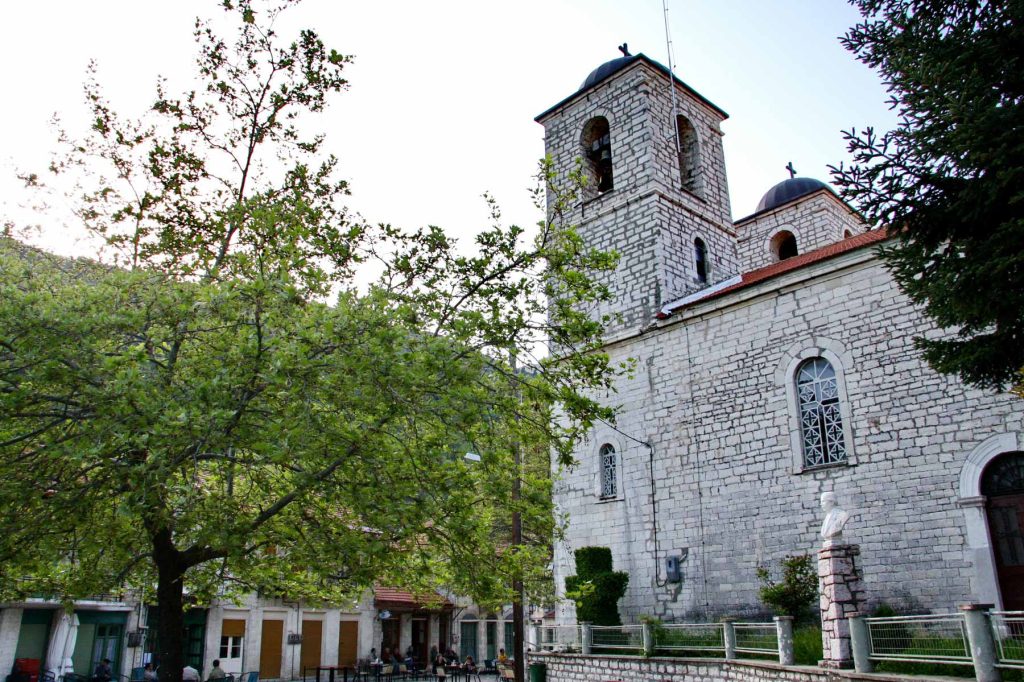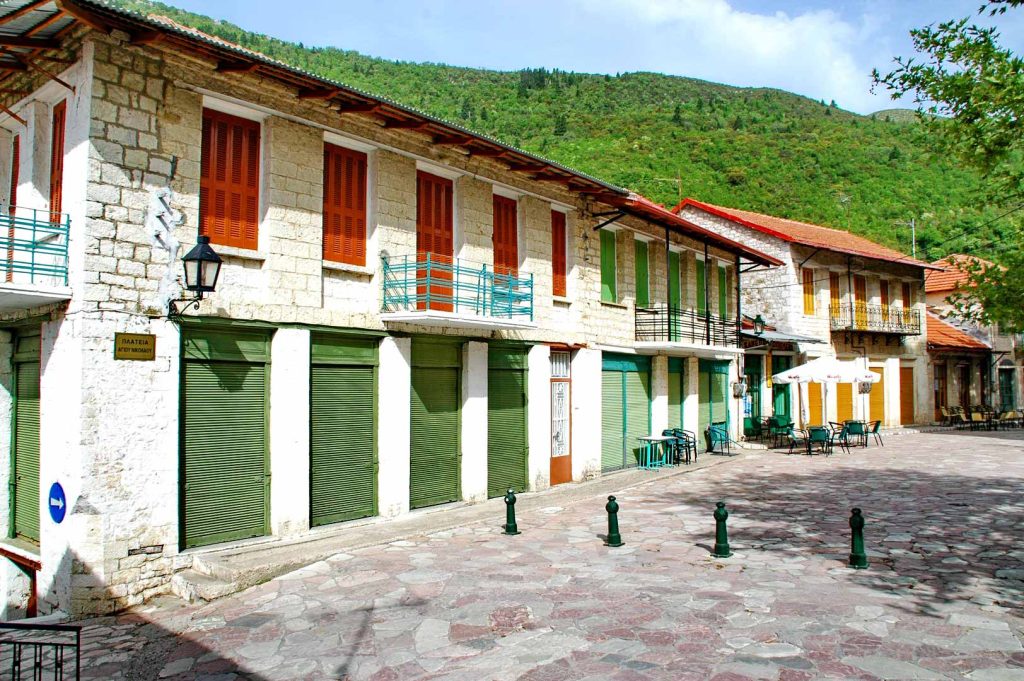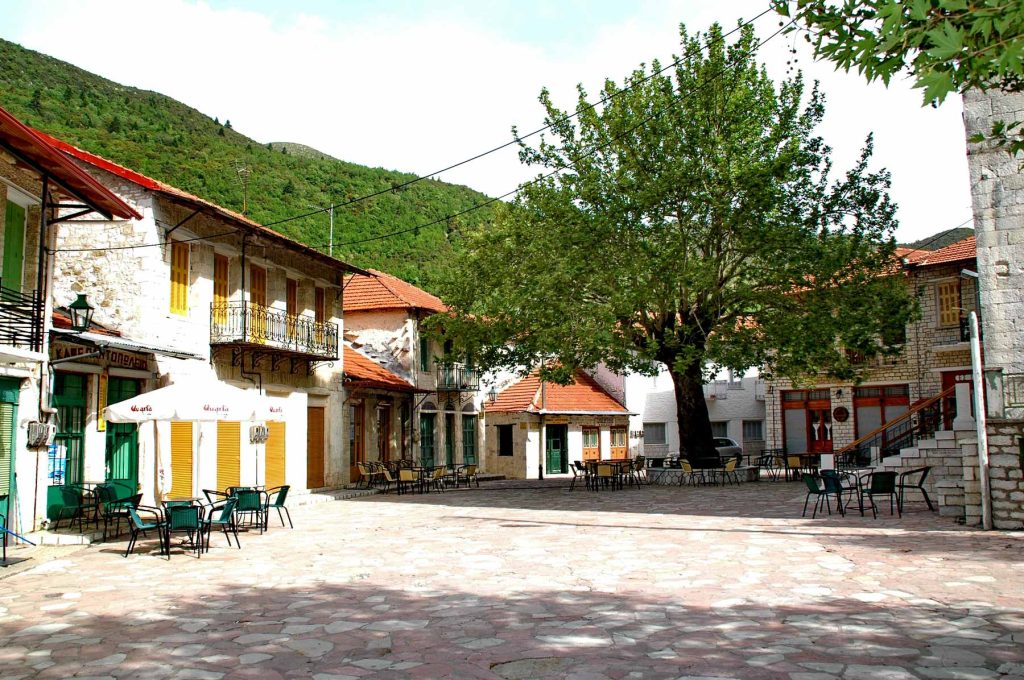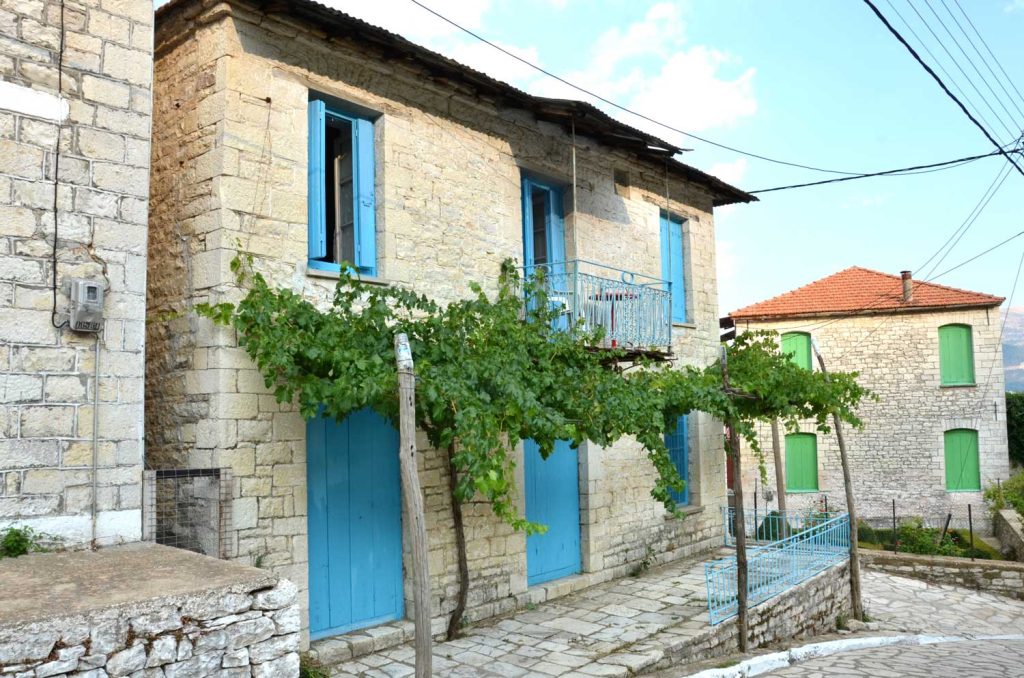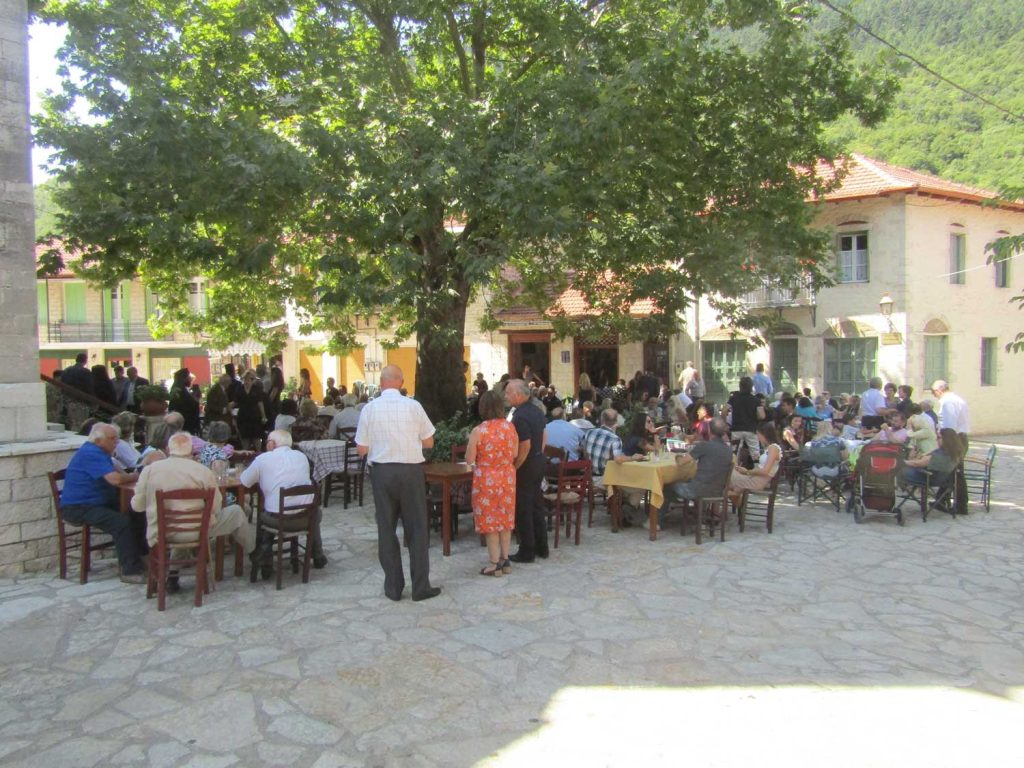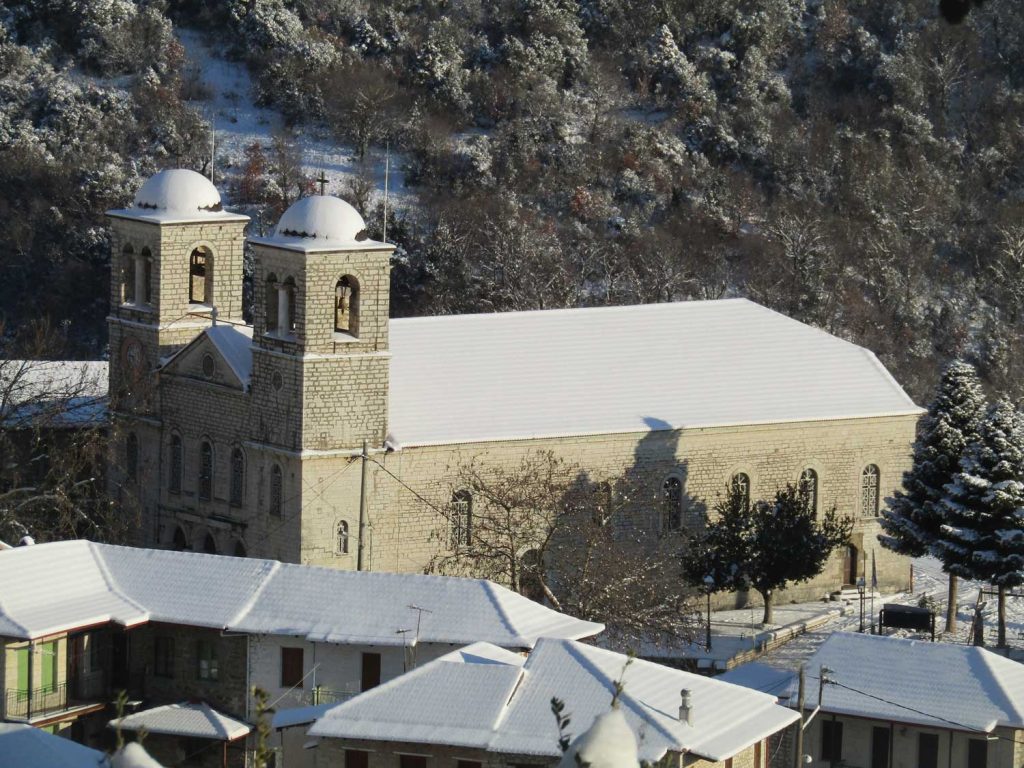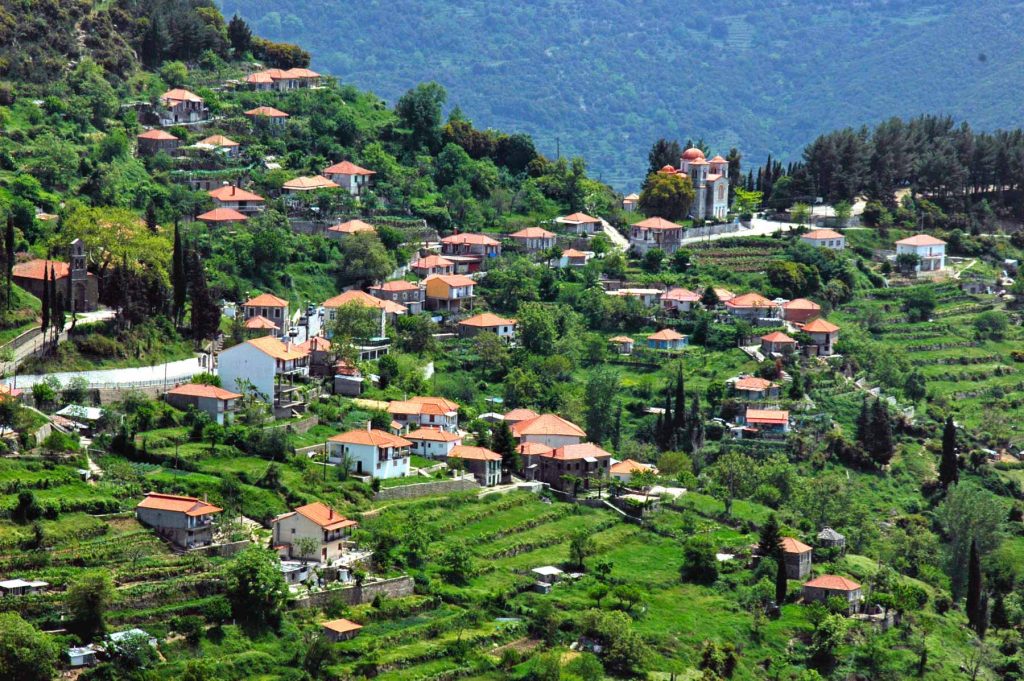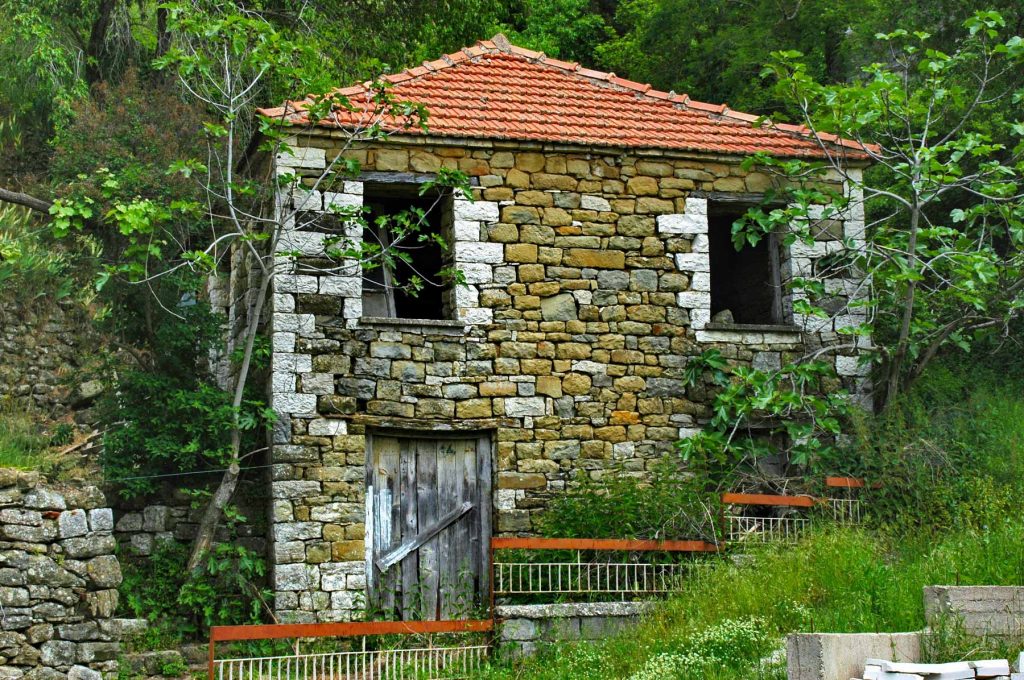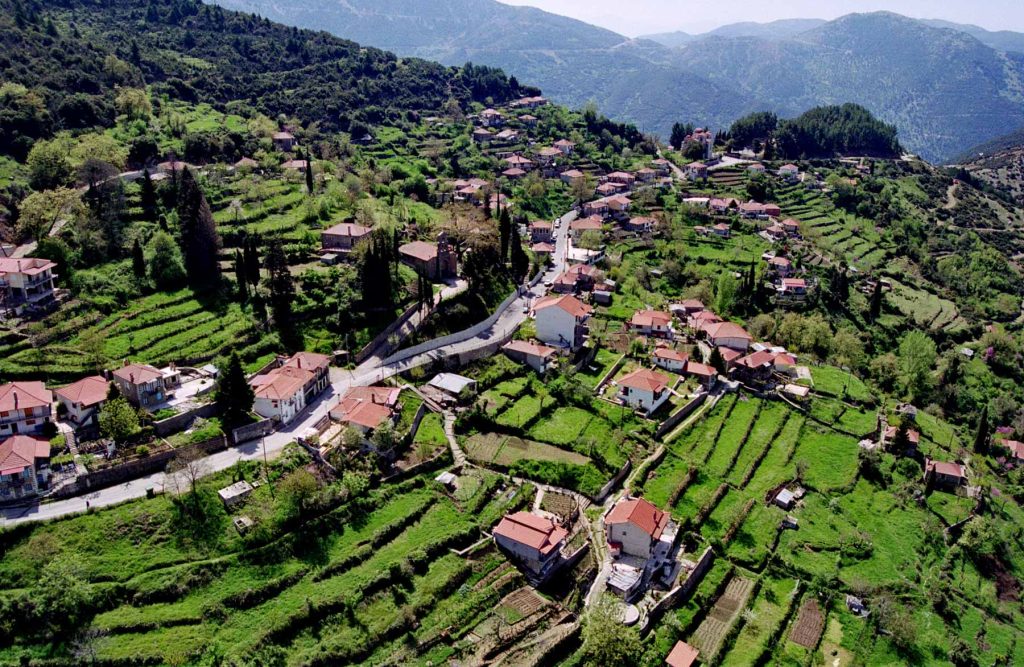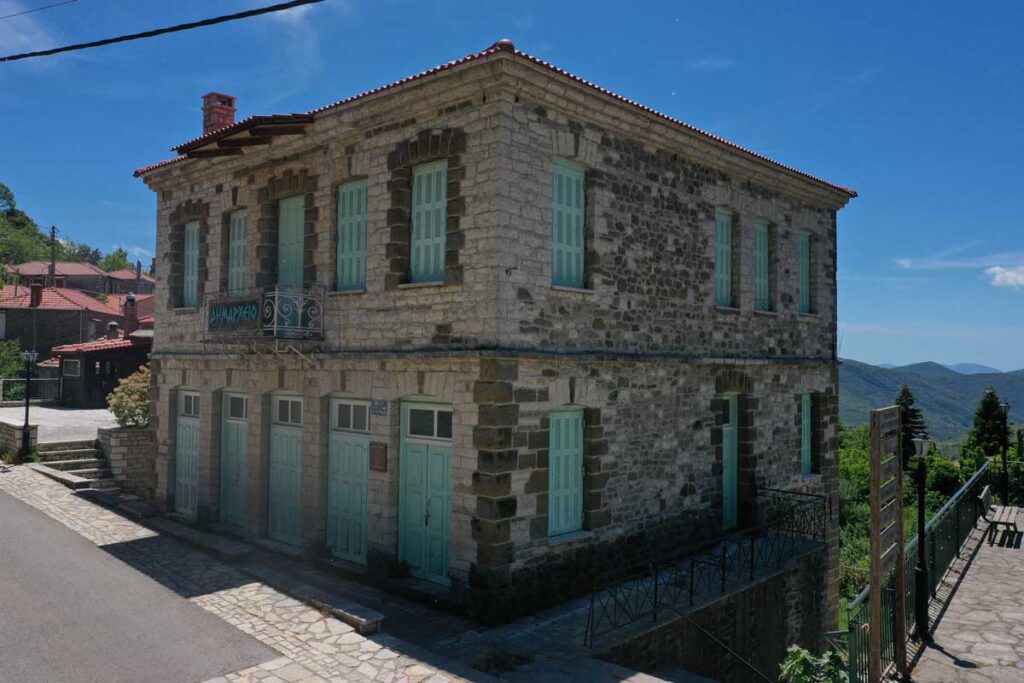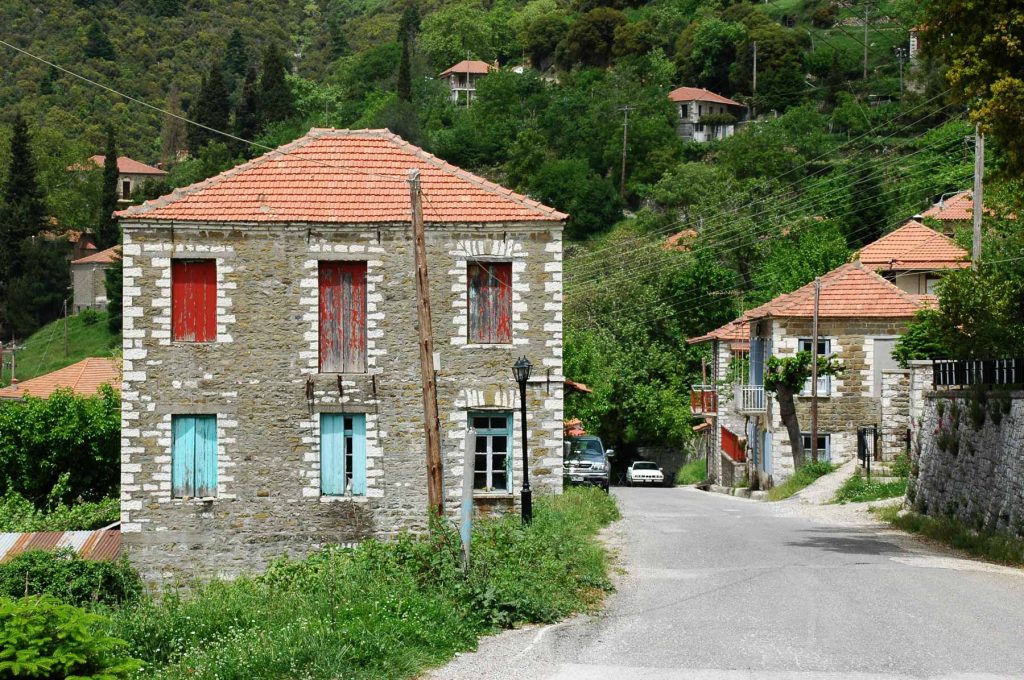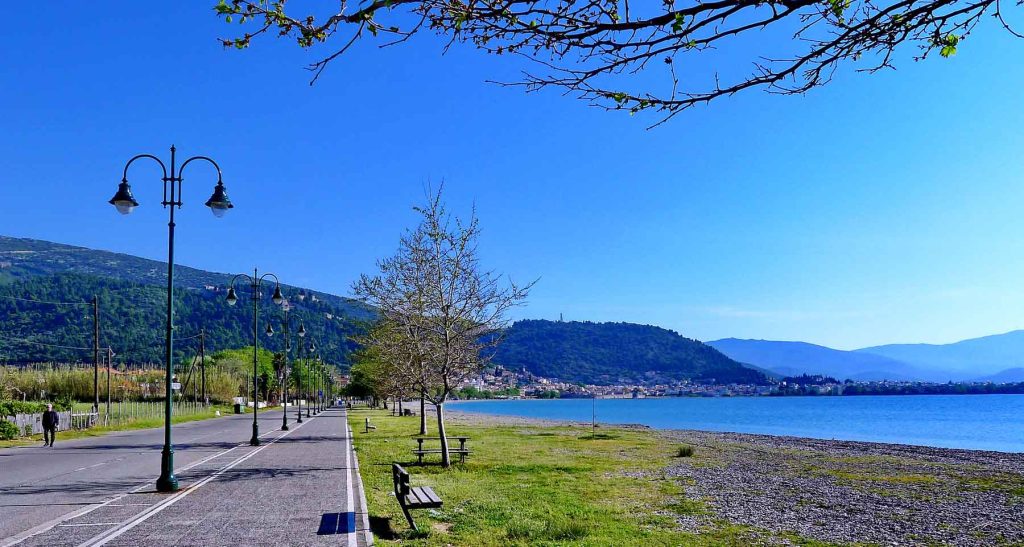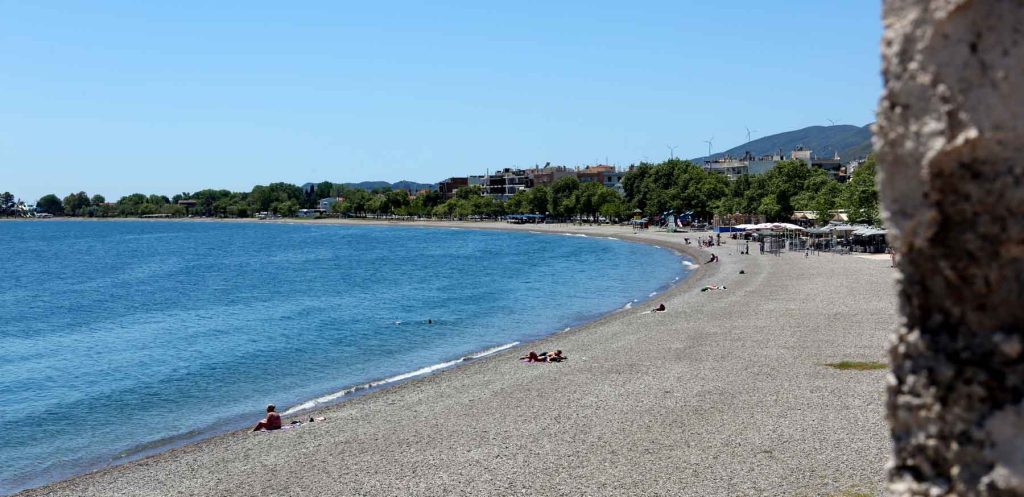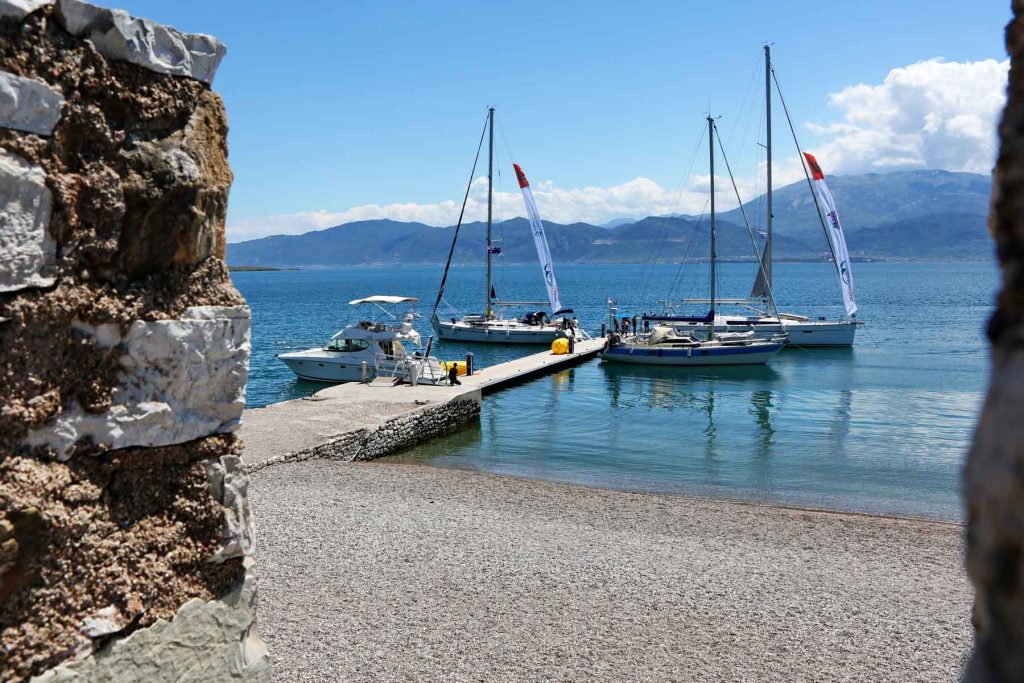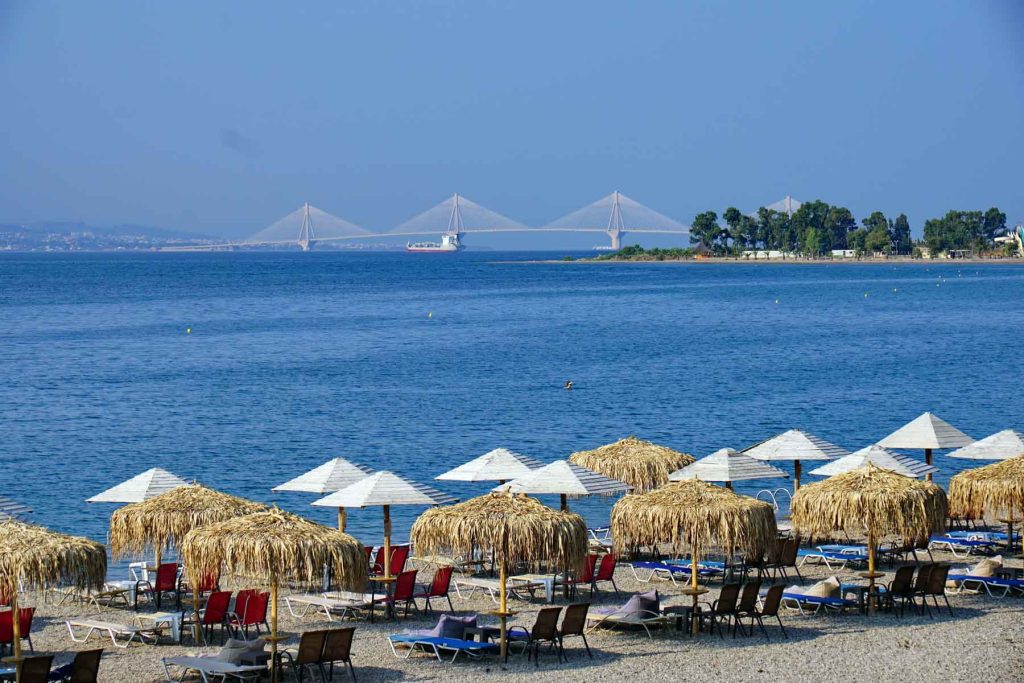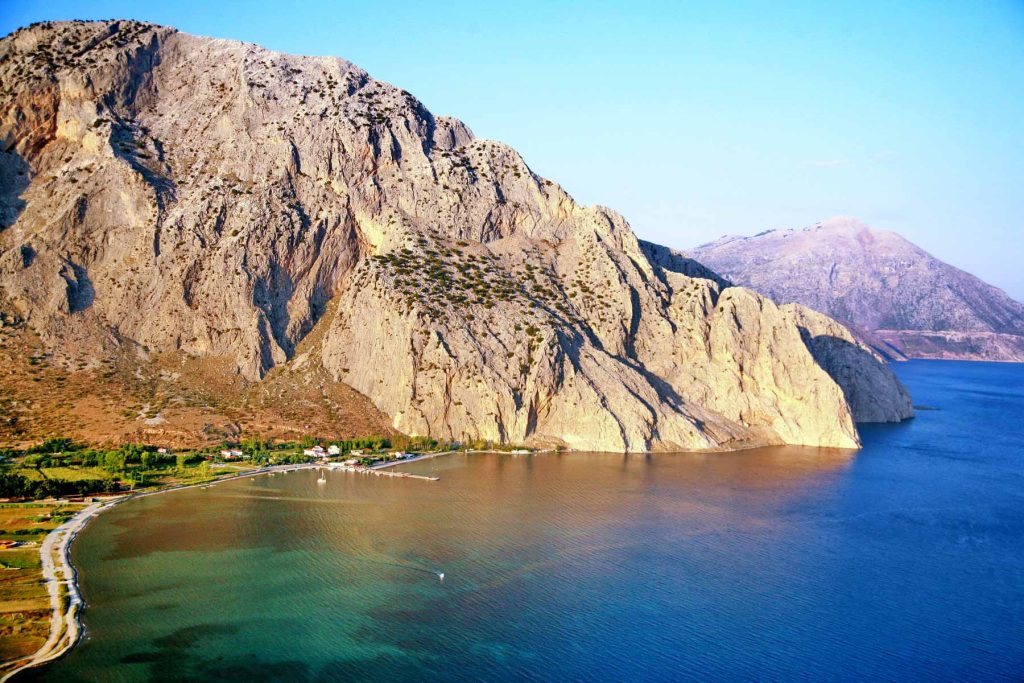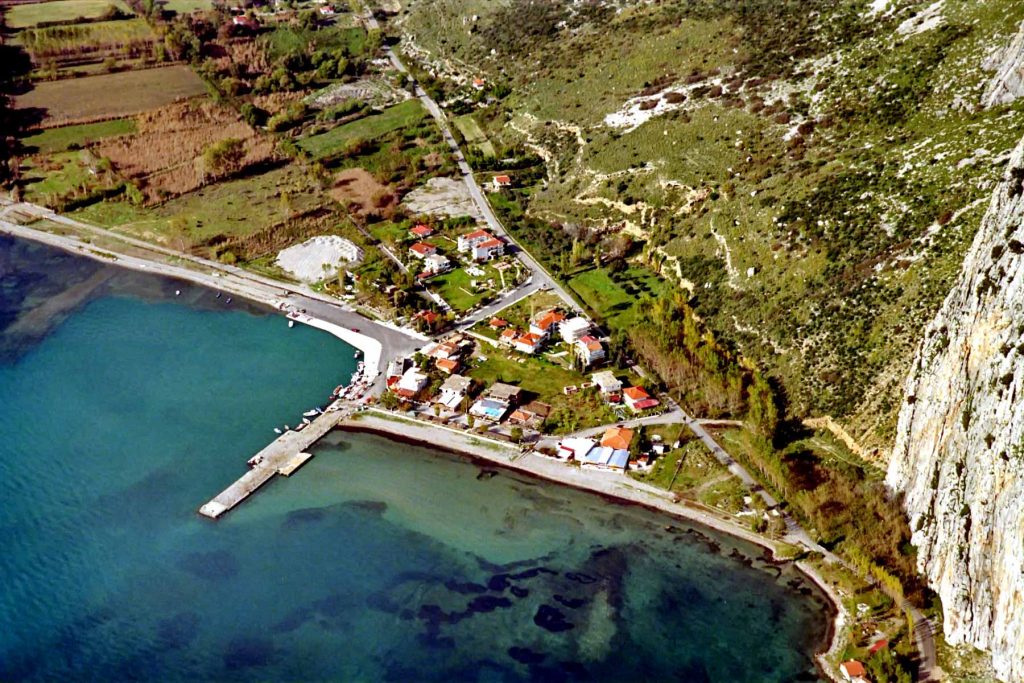- INFO
Discover the "flowers of the stone" in Platanos, Nafpaktia!
Platanos is a traditional village, one of the main villages in northwestern Nafpaktia, on the slope of Mount Alonaki, at an altitude of 850m., under the roof of a dense forest with clusters of firs and deciduous trees (elms, wild apples, maples, oaks, etc.), in the heart of the area of Kravara.
The stone-built and two-storey houses, the cobbled streets, the picturesque square with the imposing church of Agios Nikolaos testify to the prosperity of its inhabitants, especially in the late 19th and early 20th century.
Impressive are the stone carvings “amulets” that adorn the houses of Platanos with a protective role as they served to prevent “evil”. A tradition that dates back to ancient times and is an expression of popular culture. The authenticity of a man’s relationship with space and nature is captured in the best way at every step of the visitor to Platanos.
It is worthwhile to stand and observe the stone carving with the image of a man holding his head cut off in the house of Rontiri (in a short distance from the village square). The influence of iconography of the Greek Revolution of 1821 is obvious and has been interpreted as a symbol of bravery. The identification of the figure with the chief of Roumeli during the Revolution, Georgios Karaiskakis, who set up his headquarters in the historic Rontireika in the spring of 1825-1826, is also considered a possible explanation. The dragon-shaped figure with the cross on the head, in the corner of the building, has also a protective character while the two lions in the founding inscription are considered a symbol of power. The man-woman representation on the left side of the door is probably a depiction of the Rontiris couple who built the house in 1847 and is a reminder of family happiness.
On the opening plaque in the house of Protopappa (1877) you will see a male figure holding something that is possibly a sword while in the house of Nikolaos Koulotouros (Koletta), built in 1840, every opening, door or window, has a protective symbol (human figure in the center superstructure, cross, cypresses, etc.). Of particular interest are the stone carvings found in the majestic church of Agios Nikolaos, such as the tree of life and the cross, which are considered symbols of immortality with a protective character.
Access to Platanos is possible from Nafpaktos (about 50 km away) via Paleopyrgos-Simos-Pokistas and from Agrinio via Thermos-Ahladokastro (about 256 km) while from Athens it is about 256 km.
Entertainment suggestions
It might interest you...
Sorry, we couldn’t find any posts. Please try a different search.
Sorry, we couldn’t find any posts. Please try a different search.







